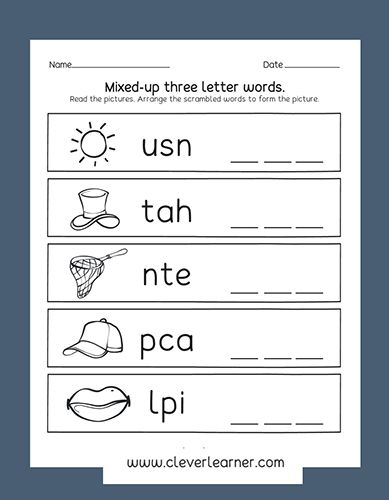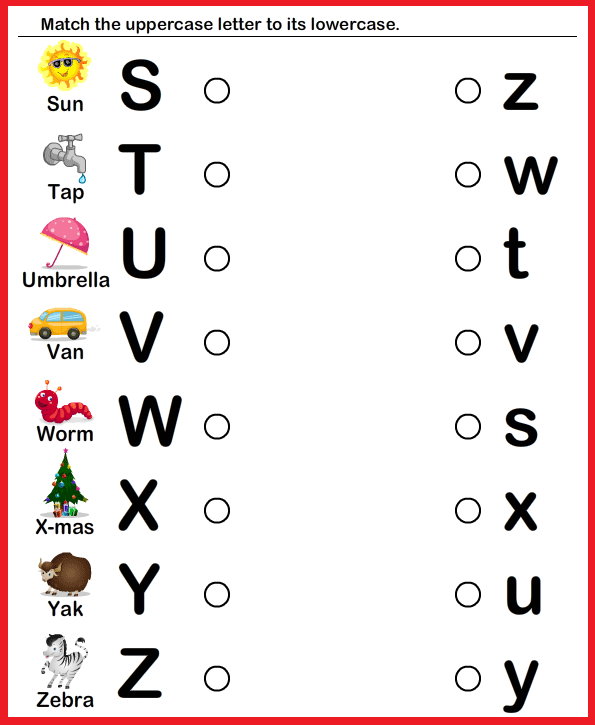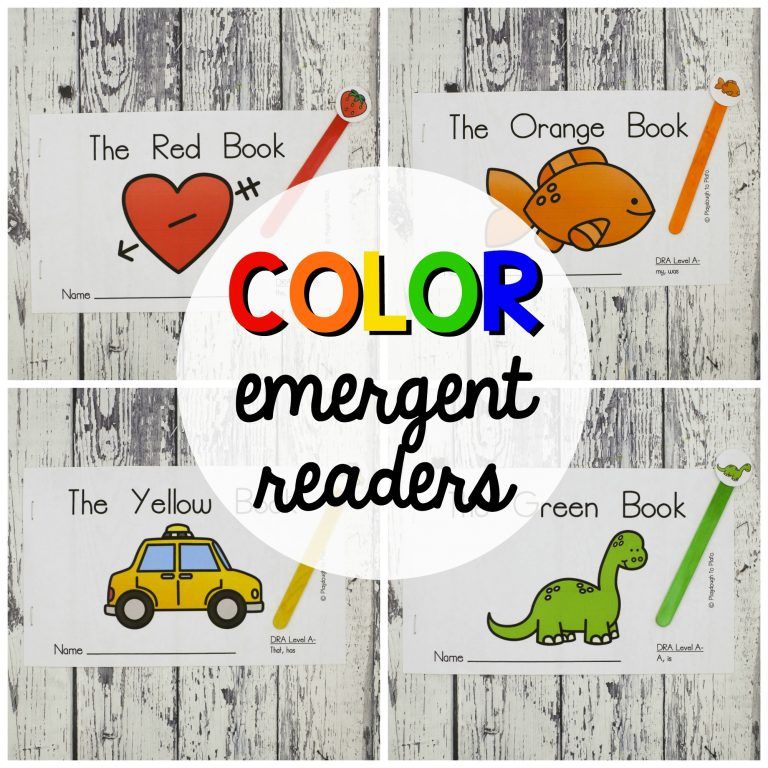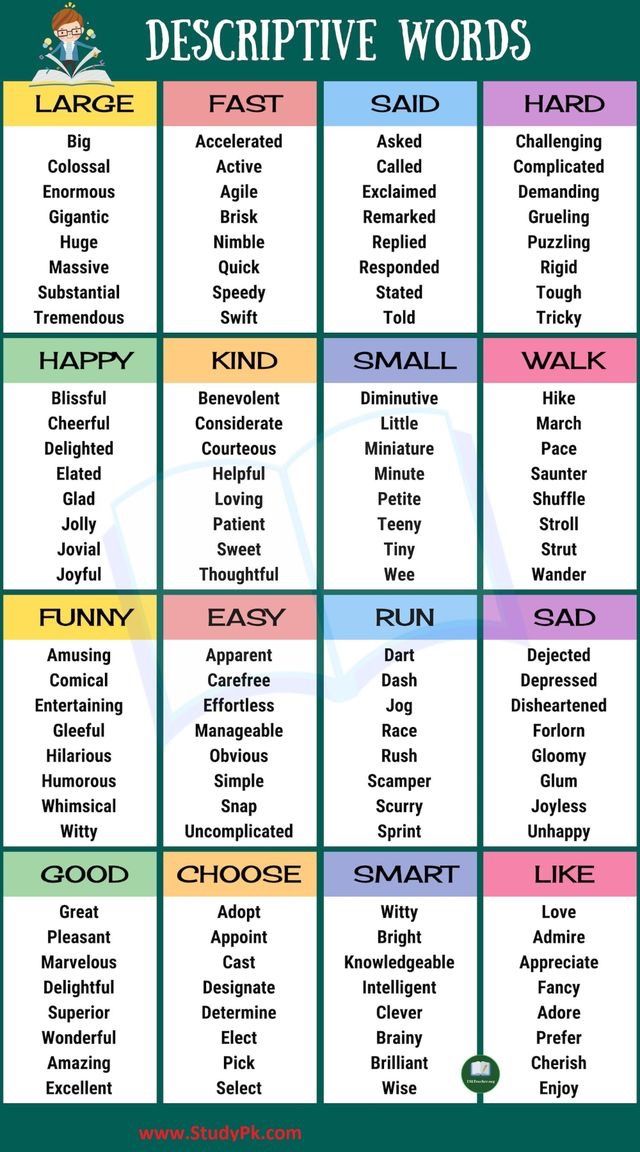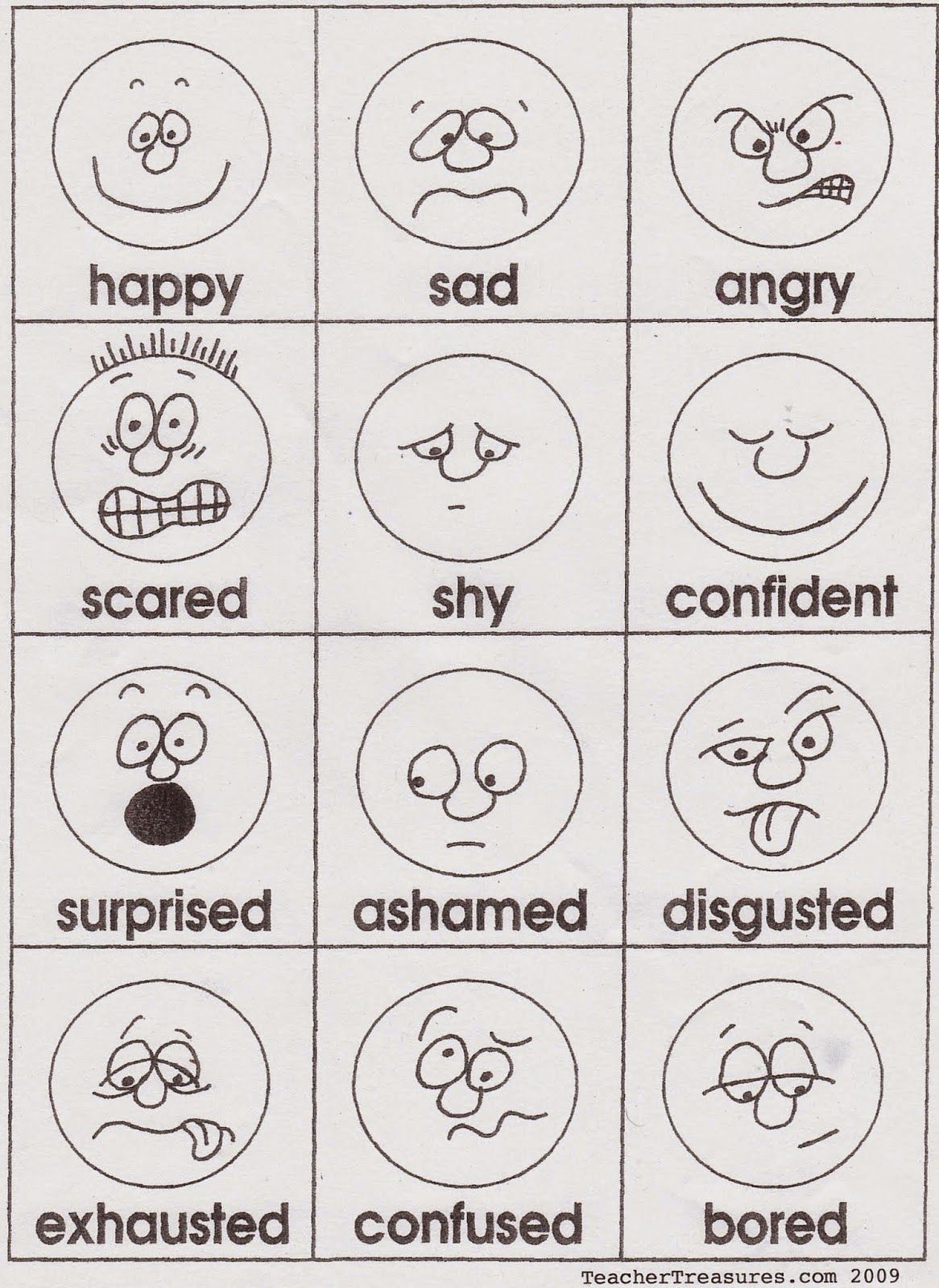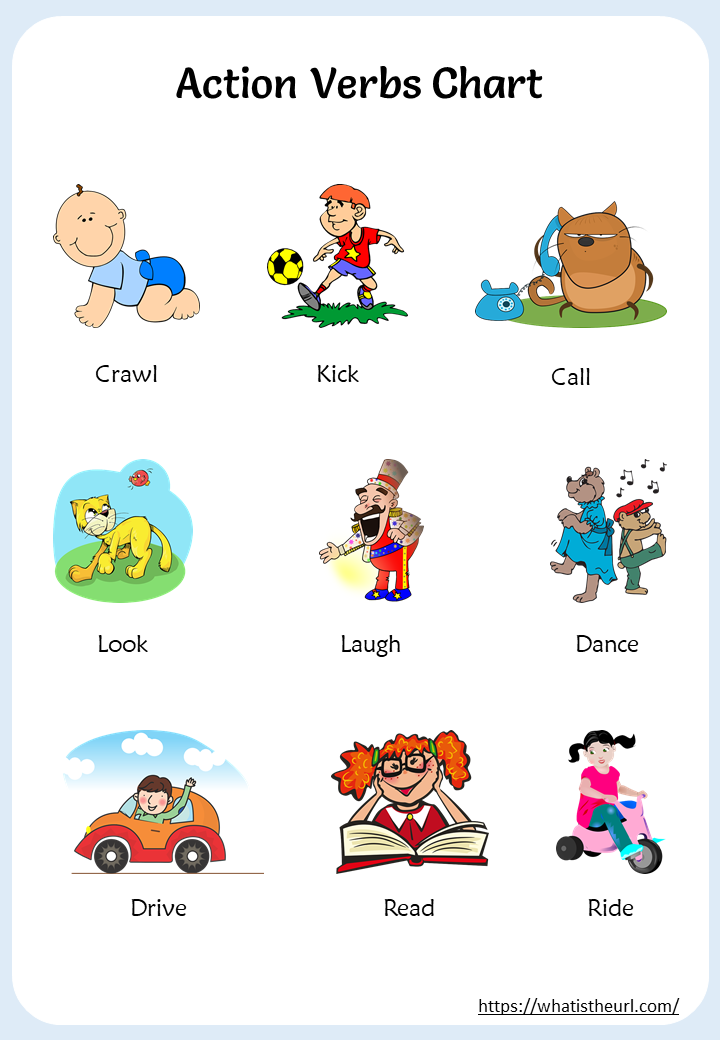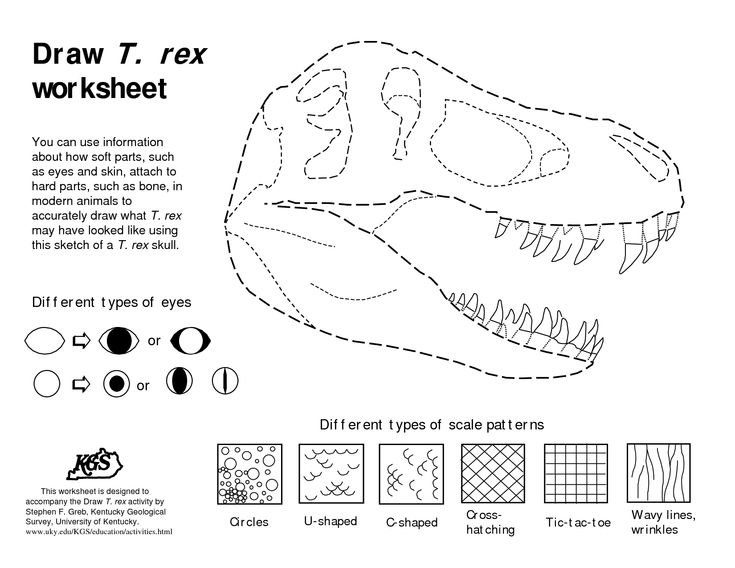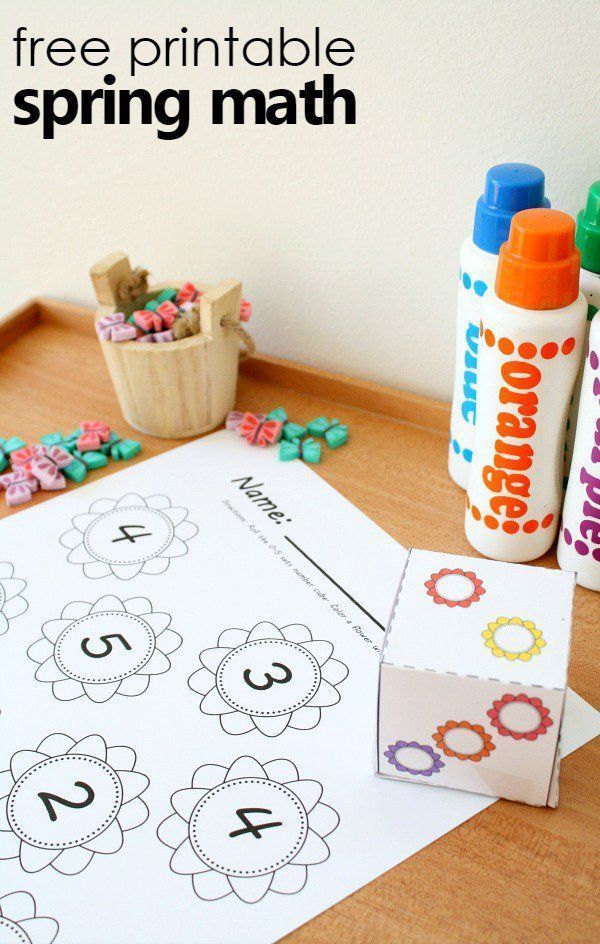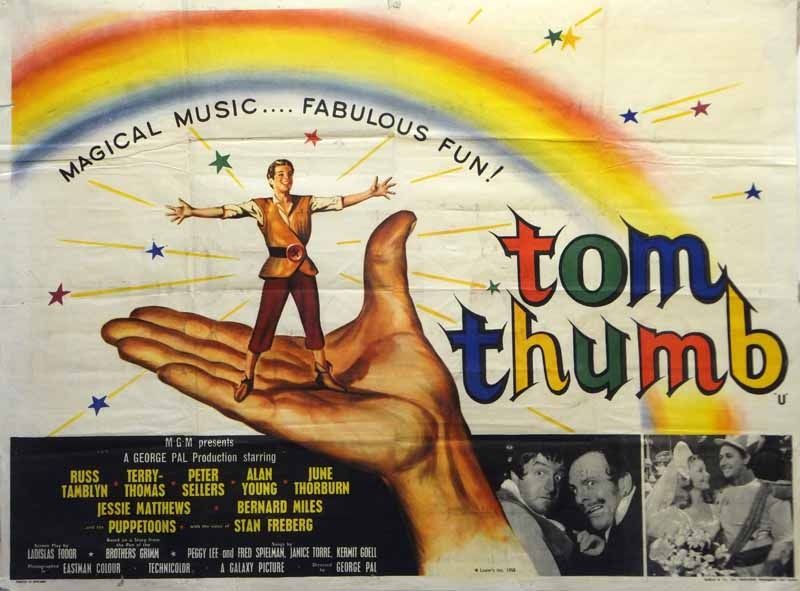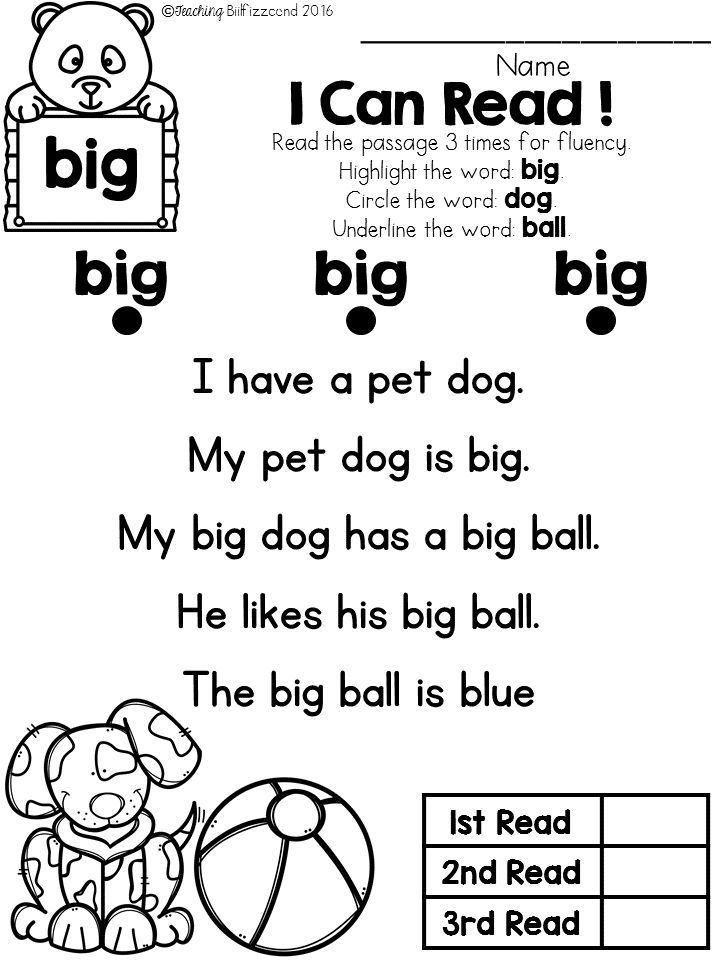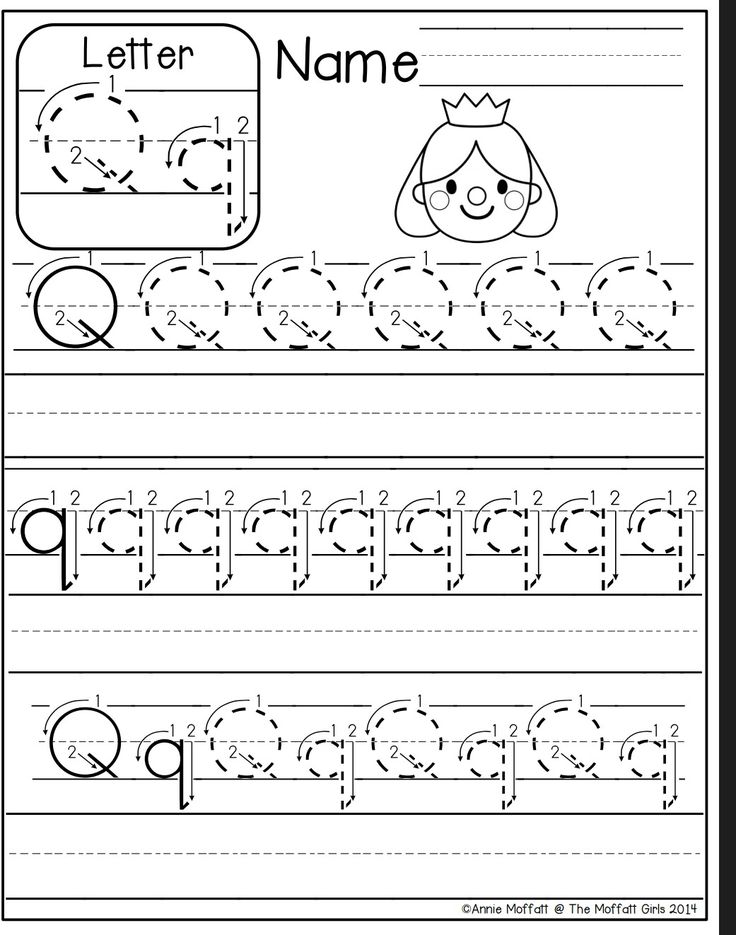Reading activity for preschool
25 Fun Literacy Activities for Preschoolers
“Literacy is more than just learning to read,” says Mary Muhs, dean of the Rasmussen University School of Education. “It also includes how children interpret and understand what is being read, as well as writing skills and composition. Literacy skills do not just develop overnight.”
"Literacy skills do not just develop overnight."
Muhs emphasizes the importance of building the framework for literacy in preschool and even before then. “If we start early and build on a child’s experience as they grow, they will not only be able to read and write but also love to read and write.”
You understand the importance of mixing in preschool learning activities with the usual fun and games, but who says you can’t do both at once? We scoured the internet to find the best literacy activities for preschoolers to add to your arsenal.
25 Entertaining and educational language activities for preschoolers
The key to instilling a love of learning in little ones is by disguising it with plenty of fun! Bookmark this list for a rainy day, and you’ll always have an entertaining and educational activity ready when you need it.
1. Kick the letter cup
This pre-K activity suggested by Fun Learning for Kids combines letters with sports. Take a stack of plastic cups, and write a single letter on each. Then line the cups up in a row, spreading them out a bit. Give your child a small soccer ball (or any soft ball), and instruct them to kick the ball toward the letter cups. Once they knock a cup down, instruct them to say the name of the letter on the cup. For a more advanced version, say a letter first, and see if they can aim for the corresponding cup.
2. Color sorting letters
Practice colors and letters together with this preschool activity from No Time for Flashcards. All you need is a printable rainbow, some colored label stickers and a marker. Use the marker to write one letter on each circle sticker. Give the child the sticker sheet, and instruct them to peel off each sticker, say the letter and stick it onto the part of the rainbow with the matching color. This helps little ones work on letter recognition, color discrimination and fine motor skills.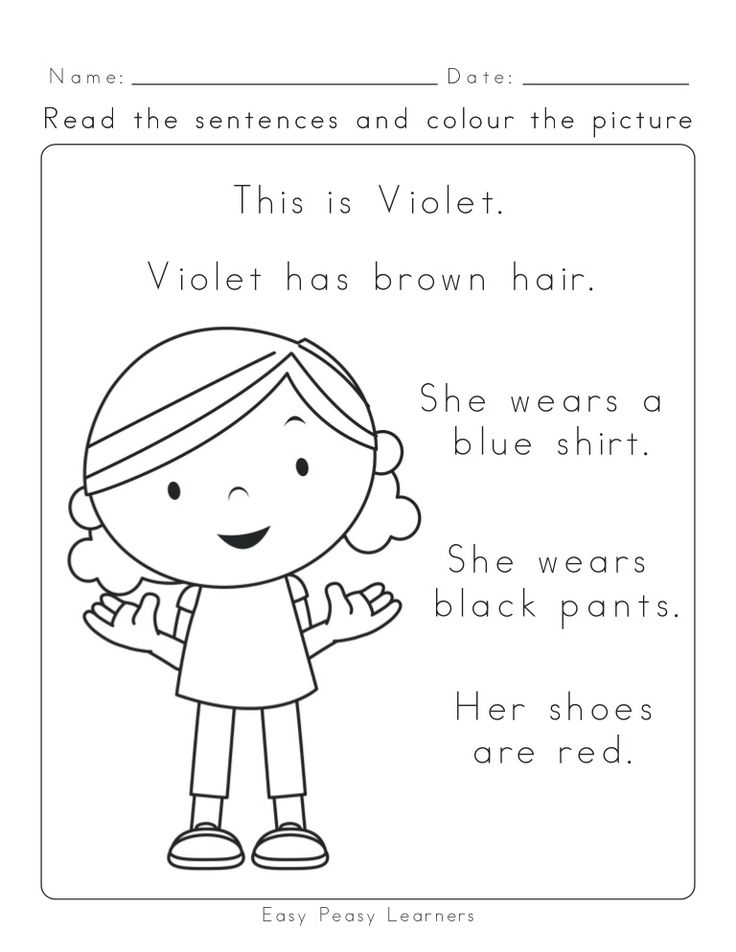
3. Alphabet pillow jumping
If your kiddos need to burn off some energy, this letter activity from Toddler Approved will be perfect. Use a stack of paper plates, and write one giant letter on each one. Then use packing tape to secure each plate to a pillow and spread them around the room. Have the kids start on one side of the room and try to jump to the other without touching the floor. As they jump to each new pillow, have them say the letter or letter sound.
4. Connect-the-dots with letters
Hands on as We Grow came up with a letter familiarity activity that will get your little ones moving and their creative juices flowing. Good, old connect-the-dots gets revamped when you write a handful of repeating letters in random patterns down a length of butcher’s paper. Kids can connect the letters in any way they like so long as all of the G’s are connected to the other G’s and so on.
5. Alphabet knock down
Toddler Approved came up with this fantastic letter recognition game, especially recommended for kids who love knocking things over.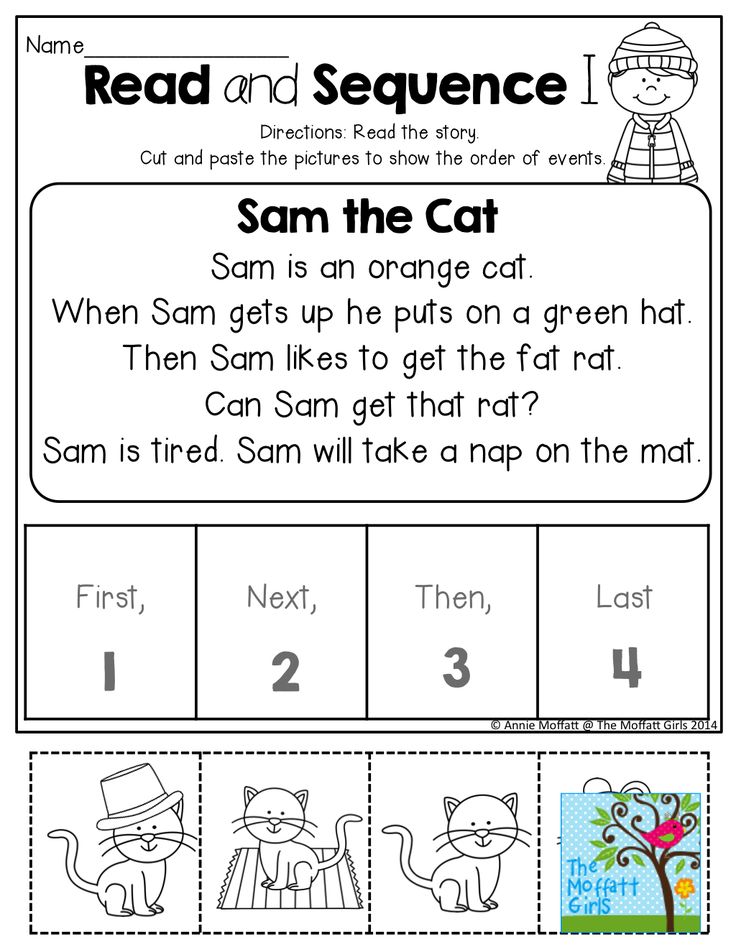 The preparation is minimal and only requires a pool noodle, some popsicle sticks and letter stickers. Once you’ve made the letters on their pool-noodle feet, give your child a ball, call out a letter and see if they can knock it down!
The preparation is minimal and only requires a pool noodle, some popsicle sticks and letter stickers. Once you’ve made the letters on their pool-noodle feet, give your child a ball, call out a letter and see if they can knock it down!
6. Children’s book in a bottle
Storytime has a hands-on element with Deborah J. Stewart’s discovery bottles activity. These cheap and completely customizable literacy tools could be thrown together in an afternoon as a kinesthetic addition to your kids’ favorite stories. Stewart has her students pass the bottle around while she reads them a story in class. She reports that the bottles keep her students calm while engaging more of their attention in the story. Her post on Teach Preschool includes directions, materials and even pictures for easy reference.
7. Crocodile circle
Picture a bin with a crocodile face on top, filled with letters and surprise cards. Students pass the crocodile around the circle singing Crocodile, crocodile down by lake; I’m going to reach right in and see what (letter) you ate. The student holding the crocodile then pulls a letter and calls it out. Extra surprise cards can let you repeat a turn, reverse directions or anything else you want to include. Making Learning Fun includes directions and free printables to make things easy.
The student holding the crocodile then pulls a letter and calls it out. Extra surprise cards can let you repeat a turn, reverse directions or anything else you want to include. Making Learning Fun includes directions and free printables to make things easy.
8. Feather tip salt tray writing
The title of this activity explains it all. Children get to write (letters, numbers or whole words) in their own tray of salt with a feather tip! Fantastic for motor skill development, this sensory writing experience from Teach Preschool will disguise writing practice as playtime. Be sure to give your students some time to explore the salt tray before their task to minimize confusion.
9. Alphabet ball
All you need for this literacy activity from Playdough to Plato is a beach ball and a sharpie. Simply write letters on the beach ball, spreading them out on all sides. To play the game, have the child (or group of kids) throw the ball up in the air and identify whatever letter is facing them when they catch it.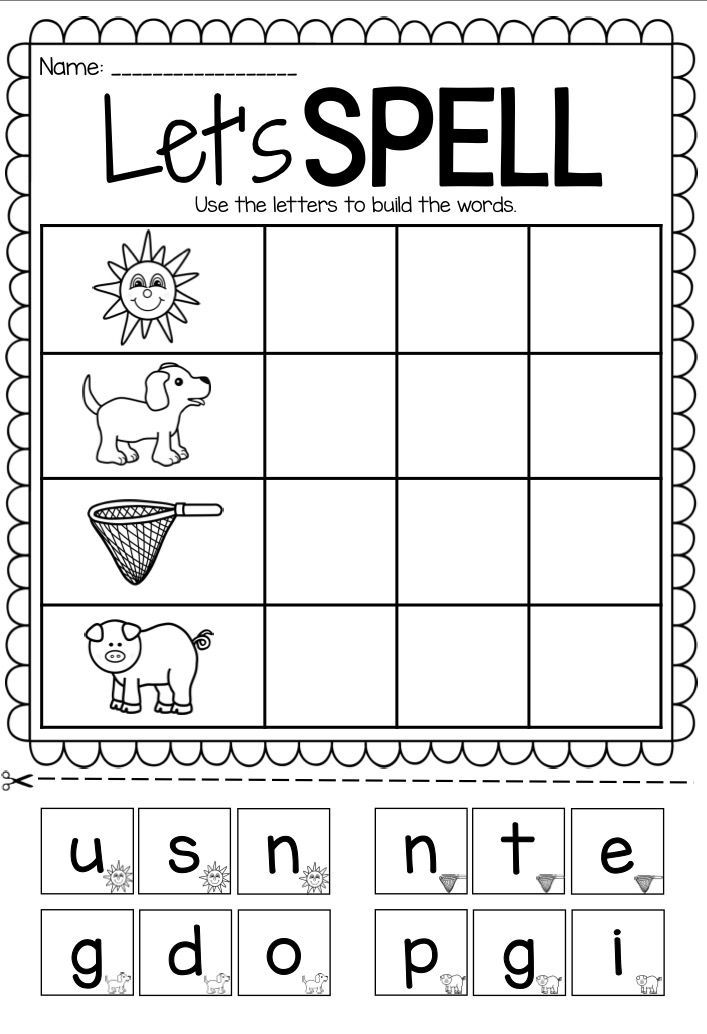 For a more advanced version, have them say the sound or a word that begins with the letter.
For a more advanced version, have them say the sound or a word that begins with the letter.
10. Magic letter painting
Grab some white note cards, a white wax crayon, some watercolor paints and paint brushes for this activity from Mas & Pas. Use the crayon to write letters on the note cards (you’ll need to press firmly to make the “magic” work.) Give your kiddos some paint and brushes, and tell them to begin painting over the card. Watch their eyes light up when a magic letter is revealed! Ask them what letter it is and what sound it makes.
11. Letter matching archeology game
The perfect accompaniment to a dinosaur-themed unit, this activity from How Wee Learn allows students to practice letter recognition while playing “archeologist.” Drop a few magnetic letters onto a cookie sheet, writing the letters you chose on a piece of paper for your students to use as a key. Cover the letters in flour, and give the kids a makeup brush to carefully “search the site” for hidden letters. When they find one, they must match it to their paper key before continuing the hunt.
When they find one, they must match it to their paper key before continuing the hunt.
12. Mini alphabet sensory bins
This one is especially suited for a classroom environment and could be a staple setup in any preschool teacher’s arsenal. Little Bins for Little Hands gives the classic sensory bins a twist by using objects that all start with the same letter. Tape the letter on the front of each box, or let the kids guess the letter as they examine the objects. Either way, these sensory bins transform a fun, hands-on play activity into a literacy lesson.
13. Snowball throw alphabet game
Paper, tape and ping-pong balls are all you need for this game of “snowball” throwing from Mom Inspired Life. Tape a bunch of letters to a wall, call out the sounds and have your kids throw the snowball at the letter represented. As an added bonus, kids get to work on their coordination as well as their alphabet.
14. Fingerprint letters
Your little finger-paint lovers will enjoy this letter activity from Happy Toddler Playtime.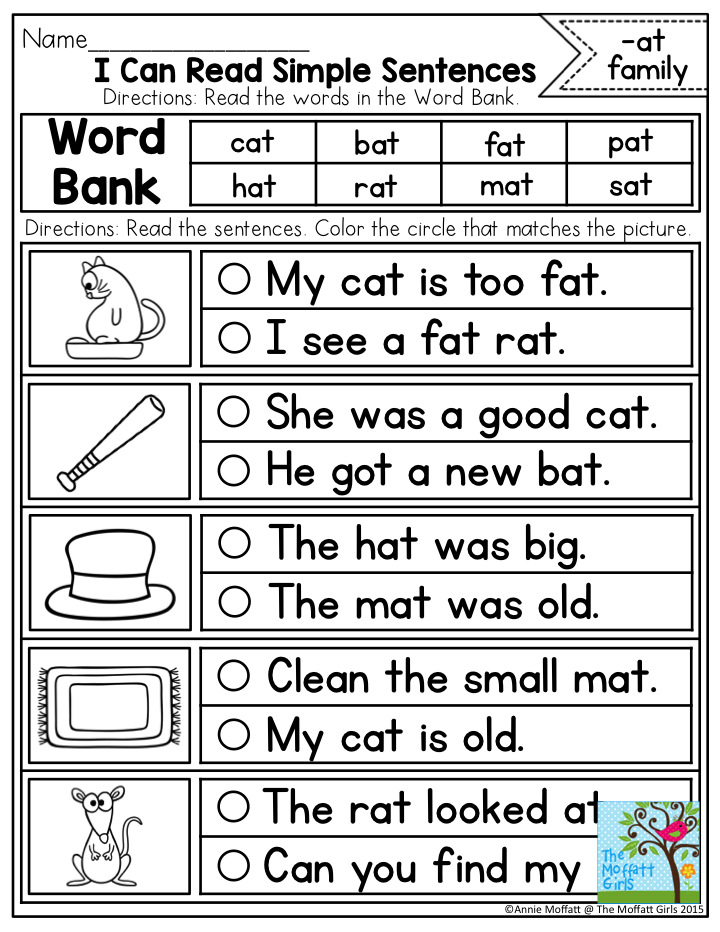 You’ll need a washable ink pad, paper and a marker. Start by writing large letters spread out on the paper. Then instruct your child to dip their finger on the ink pad and make fingerprints along each letter. This is a great way for little ones to start recognizing letter shapes even if they can’t quite trace with a pencil.
You’ll need a washable ink pad, paper and a marker. Start by writing large letters spread out on the paper. Then instruct your child to dip their finger on the ink pad and make fingerprints along each letter. This is a great way for little ones to start recognizing letter shapes even if they can’t quite trace with a pencil.
15. Number match-slap game
A deck of cards and some duct tape can transform any wall into a correspondence and number recognition system. Hands on as We Grow came up with this activity for preschoolers to “slap” a pre-taped card to its matching card on the wall. This one could even turn into a class scavenger hunt with cards taped on surfaces throughout the room.
16. Word families with ping-pong balls
Teach simple word families with this activity suggested by Fun-A-Day. Golf tees stuck in a Styrofoam base create the perfect platform to interchange different letters written on ping-pong balls. “Dig” becomes “pig” with just one switch! This game lends itself to giggling and throwing the ping-pong balls, and all shenanigans can count as literacy training.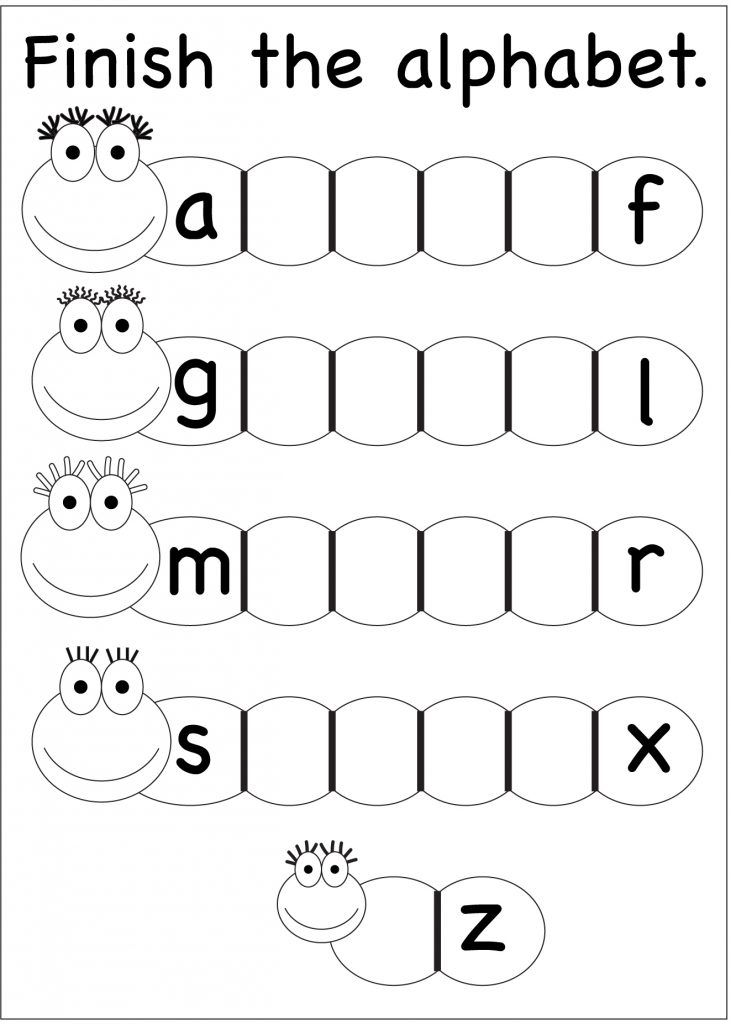
17. Sorting number stickers
It doesn’t get much simpler than this activity created by Learning 4 Kids. Draw a grid on a piece of paper, and place a number in each box. Provide your students with a sheet of number stickers, and let them move the numbers into the box with the matching number. After all of the numbers are used up, encourage them to write each number themselves in the corresponding box.
18. Alphabet rocks
If you (or your kiddos) have the time to collect 52 rocks, this uppercase and lowercase literacy activity could begin in the great outdoors. Wash the rocks, and write an uppercase letter on one side, with the corresponding lowercase letter on the opposite side. Then show words or pictures on index cards, and challenge kids to recreate the word. Meredith at Homegrown Friends says the rocks’ weight and texture was a big hit with her little ones.
19. Triple-tracing name fun
Another great activity from Hands on as We Grow, this will give your little one triple the fun while practicing name writing.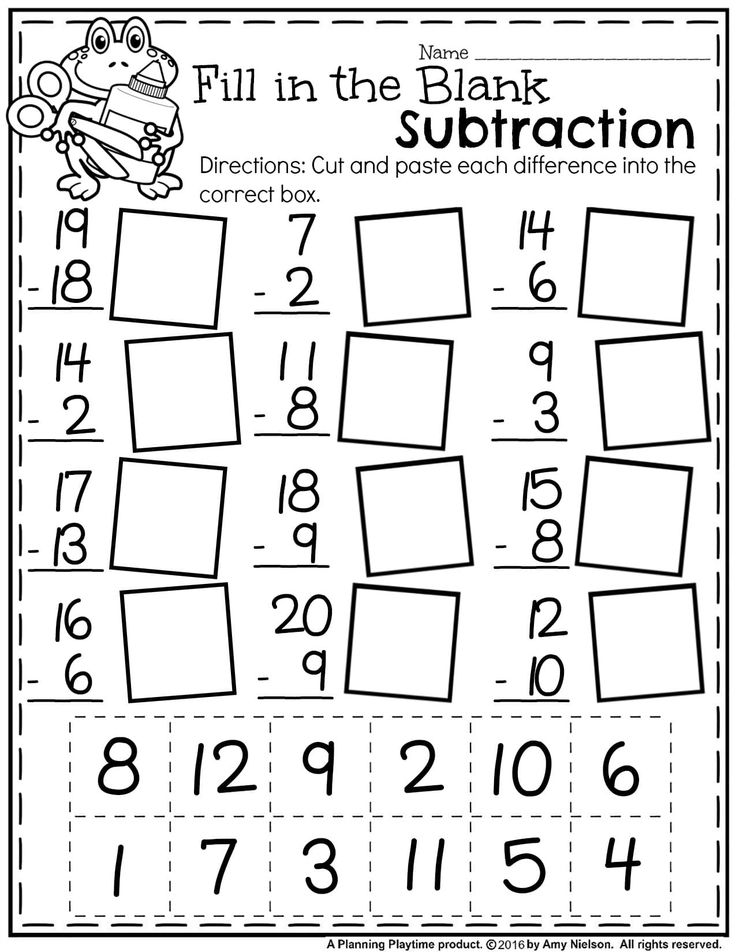 Start by writing their name in large letters with a highlighter on a piece of paper. First, ask them to trace the highlighted letters with a pencil. Then, have them trace the letters with glue, followed by yarn (do steps 2 and 3 one letter at a time to avoid a sticky mess!) This triple reinforcement will help the child learn their name letters and leave them with a fun craft at the end.
Start by writing their name in large letters with a highlighter on a piece of paper. First, ask them to trace the highlighted letters with a pencil. Then, have them trace the letters with glue, followed by yarn (do steps 2 and 3 one letter at a time to avoid a sticky mess!) This triple reinforcement will help the child learn their name letters and leave them with a fun craft at the end.
20. Beginning sounds paint stick
Collect some free paint sticks from a home improvement store, and make these phonological awareness tools from Pre-K Pages. Directions and pictures of the paint sticks come with free printouts to make your job just a little easier.
21. Letter bingo
This twist on the traditional bingo game comes from Frugal Fun for Boys and Girls. Simply make bingo cards with 16 letters on each card, and cut little squares of paper to write the corresponding letters on. Put these squares in a pile for the caller to pull from. For bingo markers, you can use legos, cheerios or anything else you have around.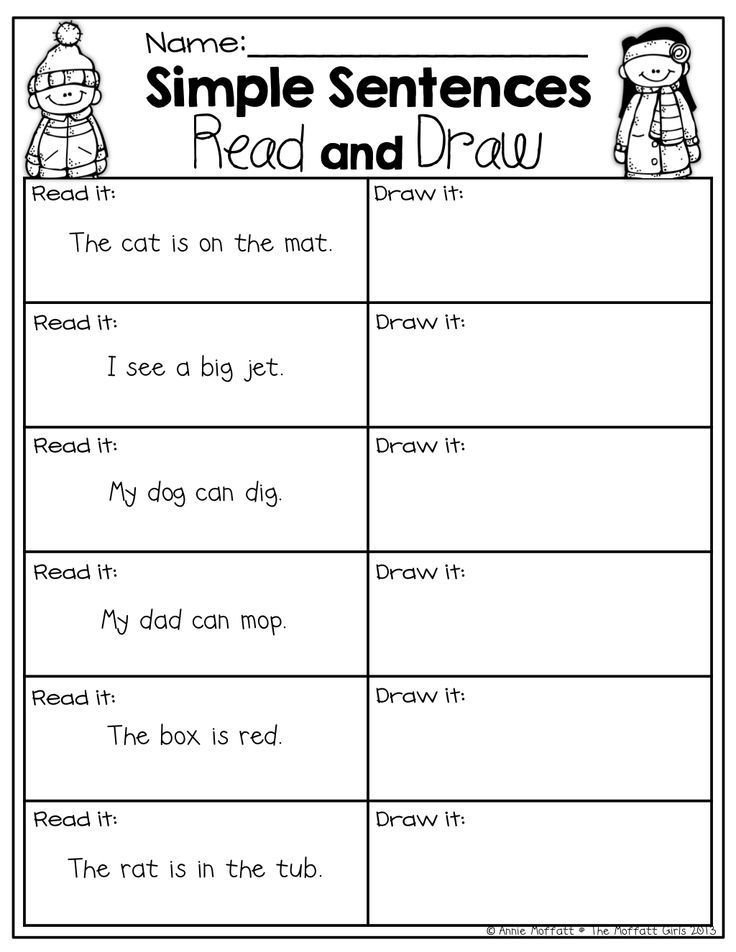
22. ABC go fish
Another familiar game, this version of Go Fish from How Wee Learn will have your kiddos learning letters without even knowing it. Cut paper into card-sized squares, and write a letter on each one, making two of each letter. It’s best to use groupings of letters so you’re focusing on a few at a time. Split the cards between the players, and follow the standard rules of the game to make as many matching letter pairs as you can. “Do you have a B?”
23. Sensory messy play
Letters drawn out with whipped cream on tinfoil begin this activity. Provide the students with sprinkles and other cookie-decorating accessories, and let them decorate their letter. Kids Creative Chaos promotes this playtime for its engagement with all five senses while the children work on their letter.
24. Recycled Scrabble play
Old scrabble games are the perfect literacy tool to play with. The Kids Creative Chaos blog recommends arranging the letters to form rhyming words with children who are interested and allowing everyone to play with the tiles as they like. Even if the kids wind up building houses out of the scrabble letters, they are still seeing the letters and establishing familiarity.
Even if the kids wind up building houses out of the scrabble letters, they are still seeing the letters and establishing familiarity.
25. Alphabet Kaboom!
The Many Little Joys shares this fun preschool learning activity that only requires Popsicle sticks, a marker and a small cup or bucket. Write one letter on each Popsicle stick until you’ve done all 26 letters of the alphabet. Write the word “Kaboom!” on six additional Popsicle sticks, and place them all in the bucket with the letters facing down. Have your child pull out one stick at a time, reading the letter or making the sound of each one. If they pull a “Kaboom!” stick, they have to put all of their sticks back in the bucket and start again.
Prepare for learning and laughs with these preschool learning activities
We all know little ones love to play. So why not leverage that playtime for learning? This list of literacy activities for preschoolers is a great start for introducing youngsters to letters and setting the stage for lifelong learning!
Learn more about the benefits of starting young in our article “Why the Importance of Early Childhood Education Is Impossible to Ignore.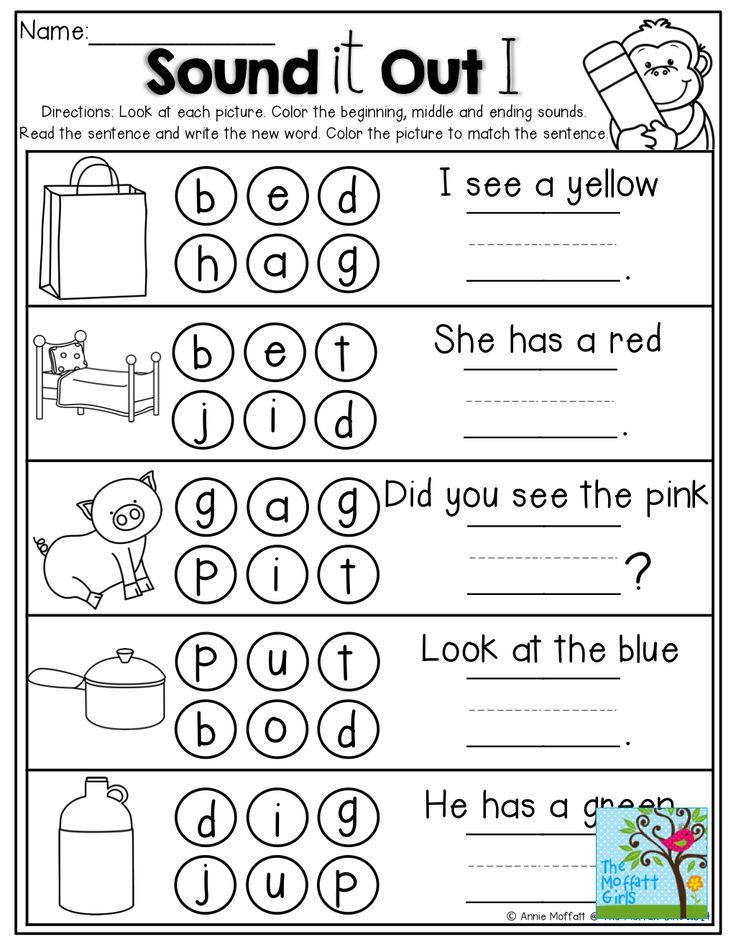 ”
”
For more ideas of fun preschool learning activities, visit our Education Blog!
EDITOR’S NOTE: This article was originally published in 2016. It has since been updated to include information relevant to 2021.
30 Teacher-Recommended Preschool Reading Activities
Reading is one of the most important skills any one of us will ever learn. It is the foundation for learning in any and every subject. Because of this, it is important to foster a love of reading early on that makes children eager to read as they grow older. Using fun, interactive activities like those listed in this article will set the stage for children to be successful in reading for years to come!
1. Create a Shopping List
Have kids help you create a shopping list. After, read each word aloud and have them practice the reading skill of letter and sound recognition.
Learn more: Teacher Vision
2. Use Puppets
Shop Now on Amazon
Research shows that to teach a child to read, we should give the child opportunities to retell stories as much as possible.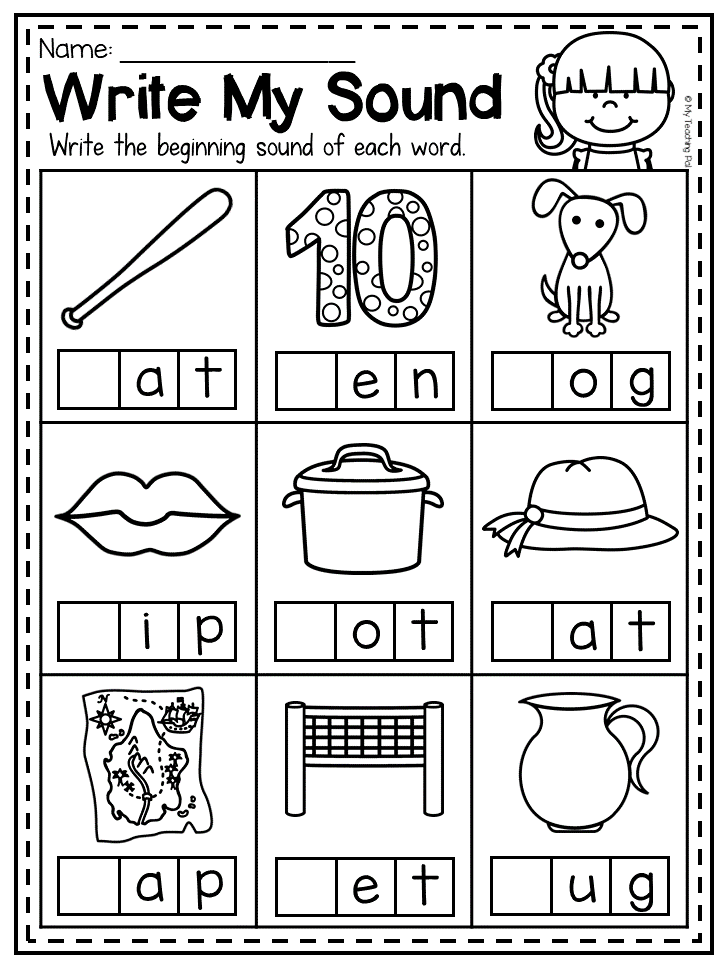 In this activity, tell a story using a puppet, and then you can have kids retell the story using the same puppet!
In this activity, tell a story using a puppet, and then you can have kids retell the story using the same puppet!
3. Have a Preschool Pen Pal
This fun letter activity will get all kids interested in both reading and writing. They will look forward to hearing from their pen pals and reading how their lives are going before writing their own letter in response.
Learn more: Playful Learning
4. Play with Magnetic Letters
Use alphabet letter magnets to teach letter recognition. This simple activity has children put all of the letters with holes on one side and the ones without holes on the other. This helps teach them the different letter shapes. After, you can go over each letter sound.
Learn more: Pre-K Pages
5. Play Doctor
Setting up a doctor's play area is great for use during choice time! Children can even help you create the signs for the different things included in your doctor's play area, solidifying letter knowledge.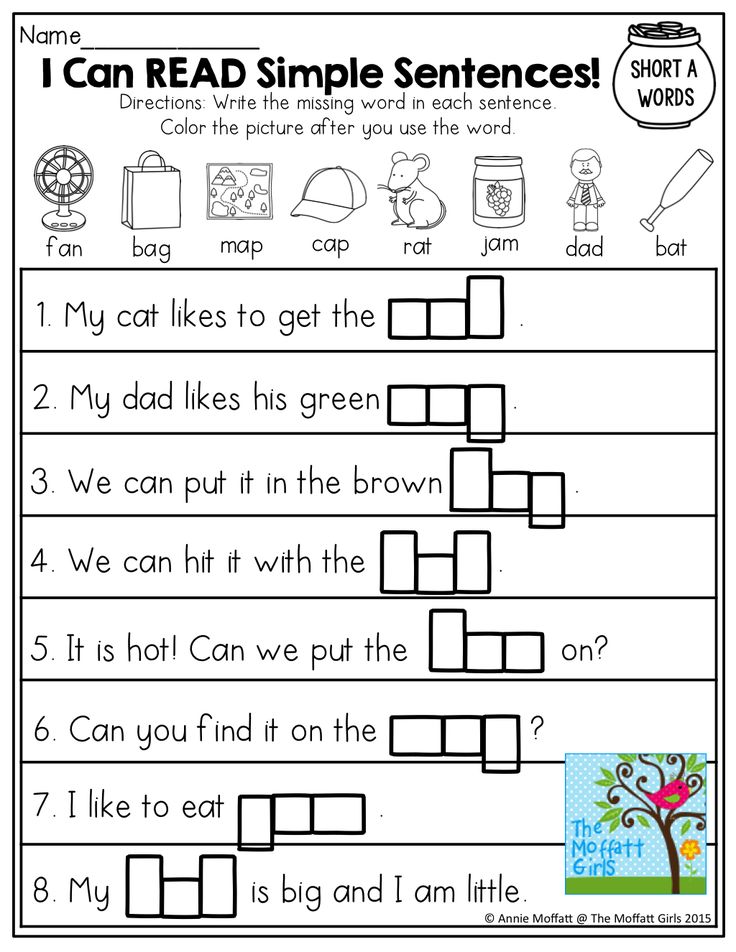 If you have extra space, you can also make other fun play areas!
If you have extra space, you can also make other fun play areas!
Learn more: PreKinders
6. Match Letters to Sounds
Teach letter sounds with worksheets that have children match letters to the image that begins with the correct sound. This is also a good way to teach the difference between lowercase and capital letters by using worksheets with both.
Learn more: Live Worksheets
7. Label Common Items
If you label common items around your home with their names, you can have children practicing early literacy from their baby to preschool years. They will constantly see the written words of common images, giving them a head start on letter recognition!
Learn more: 1 Plus 1 Plus 1 Equals 1
8. Play I Spy
One of the easiest activities for children that requires zero setups is I Spy! You can play by having them find items that start with a certain letter, or you can have them find the letters in words in your everyday world. Soon they will be "spying" all of the letters they see on billboards, cereal boxes...anything they come into contact with!
Soon they will be "spying" all of the letters they see on billboards, cereal boxes...anything they come into contact with!
Learn more: Homeschool Preschool
9. Join a Preschool Book Club
If you live in a bigger area, you may be able to find a local preschool book club. If not, you can subscribe to various different book clubs for children online. Your children will be excited to see what book will show up next, which will get them excited about reading!
Learn more: Homegrown Friends
10. Do a Letter Scavenger Hunt
Do a scavenger hunt and find things that start with all of the letters of the alphabet in your area. You can do this in your home or on a walk. Your kids will be learning while having fun! Children can either find items beginning with the focus letters or actually find the letters in print form.
Learn more: Entertain Your Toddler
11. Play Board Games
There are a number of board games that are made specifically with literacy in mind.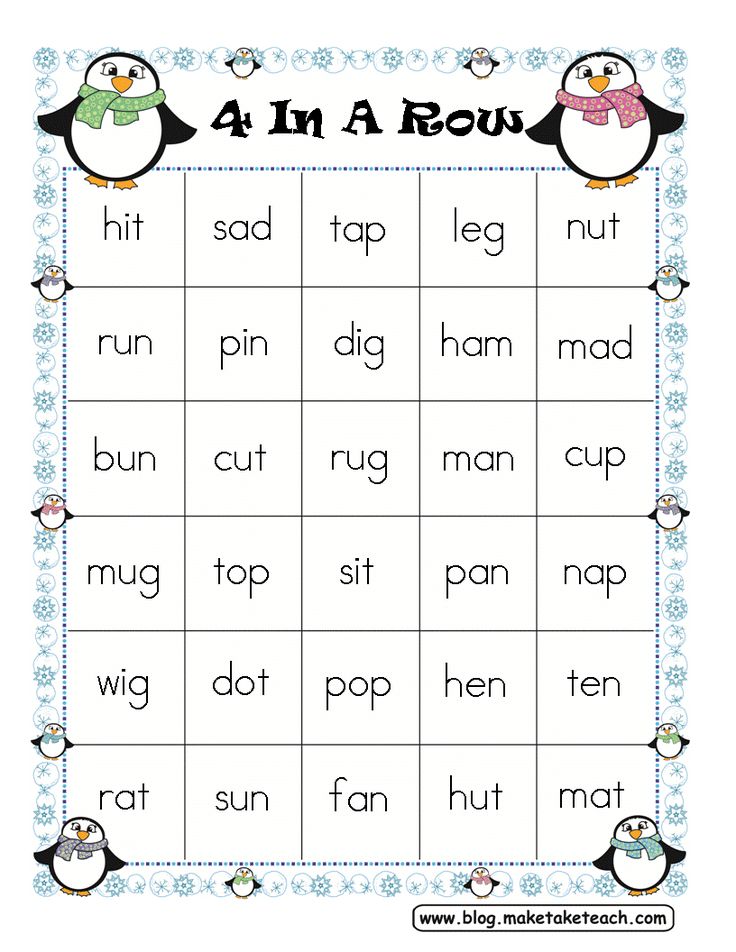 Play these games to practice their oral literacy. One way to play the game pictured is to create a story together, with each person adding to the story based on the picture on their game piece.
Play these games to practice their oral literacy. One way to play the game pictured is to create a story together, with each person adding to the story based on the picture on their game piece.
Learn more: 40 Best Board Games for Preschoolers
12. Play a Sight Word Game
The great thing about games is that children learn without even realizing it! Help your child practice those sight words now to make reading easier later. They will be excited to see what "prize" they get for every answer they get right.
Learn more: SandZ Academy
13. Read Rhyming Books
There are three stages to rhyming: hearing a rhyme, identifying a rhyme, and producing a rhyme. To introduce rhyming, read rhyming books for kids.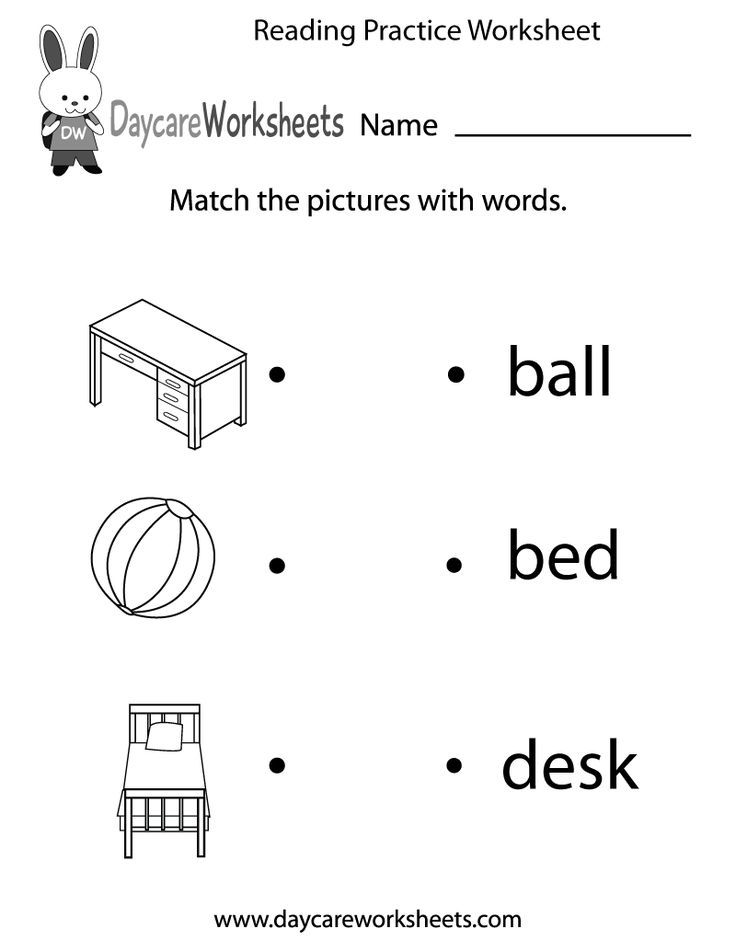 Once they understand the concept, ask them to identify rhymes while you are reading. Finally, have them expand on the rhymes by creating their own. Soon your kids will be rhyming masters!
Once they understand the concept, ask them to identify rhymes while you are reading. Finally, have them expand on the rhymes by creating their own. Soon your kids will be rhyming masters!
Learn more: Early Learning Ideas
14. Watch Nursery Rhyme Videos
Who doesn't remember nursery rhymes from their childhood? Nowadays, kids can access cartoons and videos with nursery rhymes easily using YouTube. Soon they will be dancing around singing these catchy tunes in their everyday lives. They will be practicing early literacy skills without even realizing it!
Learn more: Farmees - Nursery Rhymes And Kids Songs
15. Start a Home or Classroom Library
Fill up a child-sized reading corner with their favorite books, award-winning books, alphabet books.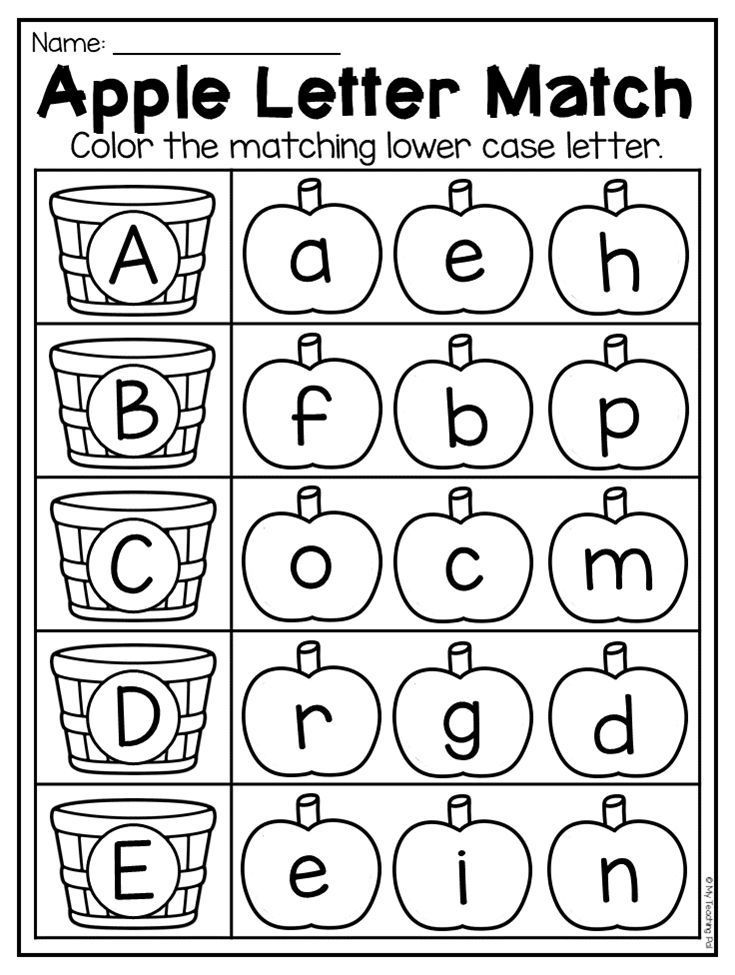 ..any and all books you can get your hands on that will pique their interest in reading! Have them pick a few books to read each night before bed and foster a love of reading early on.
..any and all books you can get your hands on that will pique their interest in reading! Have them pick a few books to read each night before bed and foster a love of reading early on.
Learn more: National Association for the Education of Young Children
16. Read Wordless Picture Books
Read a picture book without any words. This allows your children to use their imaginations to make up their own storyline as they read. You can read the same book multiple times and come up with a different story every time!
Learn more: 30 Classic Picture Books for Preschool
17. Play A Fun Phonics Game
Learning phonics is an important language skill to better understand letter sounds and the relationship letters have to one another. By playing phonics games, your kids will have so much fun, that they will forget they are learning.
Learn more: 25 Fantastic Phonics Activities for Kids
18.
 Act Out Stories
Act Out Stories After children read and know stories well, have them act them out. This will build on the literacy skills of recall and comprehension at the same time. And you will get to see their creativity as they act out their favorite stories!
Learn more: High Scope US
19. Make Real-World Connections
As you read to your children, make real-world connections by asking leading questions like "how would you feel if this happened to you?" or "have you ever been to a park like this?" This helps them make an association between books and the real world.
Learn more: Teach Stone
20. Tell Family Stories
Telling stories about your family to your child helps them feel connected to something bigger and also find their place in the world.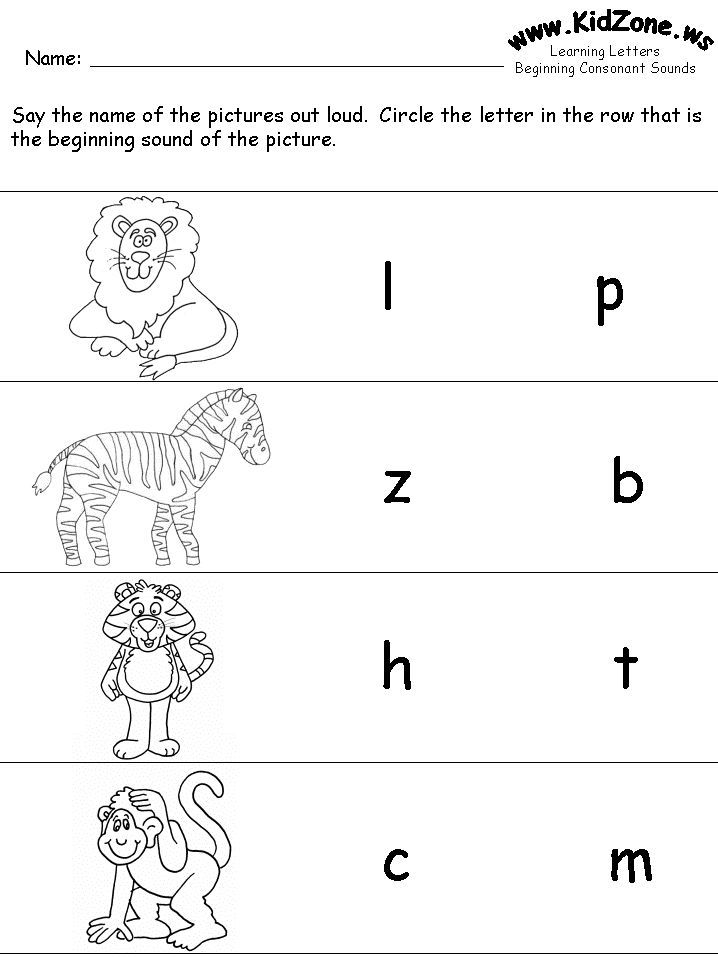 When they are ready, they can tell their own stories of fun things you have done together to practice their recall skills!
When they are ready, they can tell their own stories of fun things you have done together to practice their recall skills!
Learn more: Leadership Storylab
21. Have Them Repeat Directions
Having your child repeat back directions you have given him or her does two things: 1. It makes sure they know what is understood of them, and 2. It helps build and practice their oral vocabulary and recall skills. And this way they can't claim they didn't hear you when you asked them to do something!
Learn more: Child Mind
22. Create a Storybook
Have your child dictate a story as you write it on the pages of a blank book, and then have them add illustrations to practice their fine motor skills. They will practice many literacy skills at once and be excited to add their book to the bookshelf.
Learn more: Kinder Art
23. Practice Sight Words with Magnetic Letters
Using a whiteboard and magnetic alphabet numbers, have children match the magnets to words you have written out.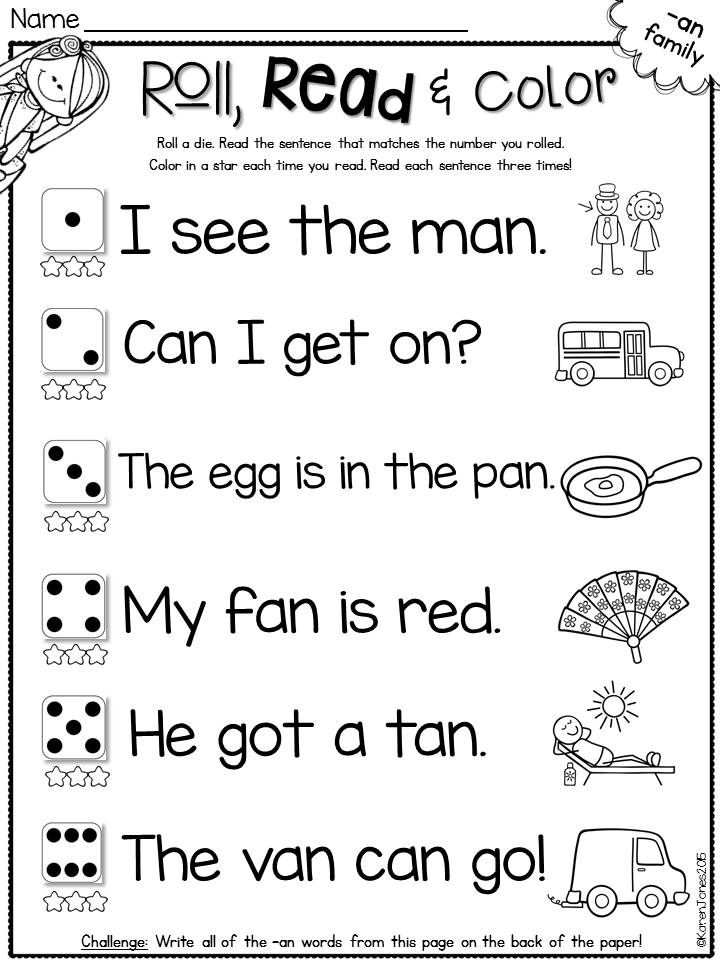 As they get older, you can add additional vocabulary words to this fun game. You can also messages written in magnetic letters on your fridge to further encourage literacy development.
As they get older, you can add additional vocabulary words to this fun game. You can also messages written in magnetic letters on your fridge to further encourage literacy development.
Learn more: Fun Learning for Kids
24. Create a Menu
Involve your child in your weekly meal planning by having them create their own menu. You can give them a list of options and they can copy down which they would like that week. They will be practicing their reading and writing skills while feeling involved with family planning!
Learn more: Primary Treasure Chest
25. Make Bath Time Fun Time
Use foam letters on your shower wall to turn bath time into learning time. They will have fun manipulating the letters to create new words! This is an easy, no cleanup activity that they can play every time they are getting clean.
Learn more: Munchkin
26. Create Alphabet Letter Shapes
Use alphabet cookie cutters and playdough for a fun hands-on activity for preschoolers.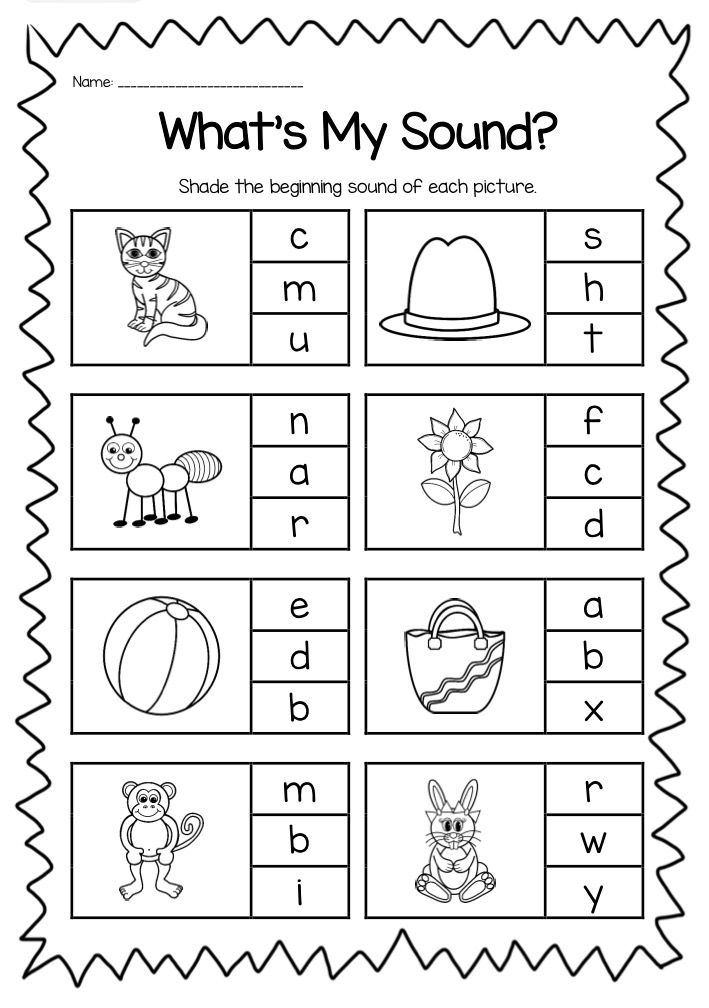 After they have created enough letters, have them put them together to make words. You can also do this game with cookie dough and make edible letters!
After they have created enough letters, have them put them together to make words. You can also do this game with cookie dough and make edible letters!
Learn more: Doughnique
27. Make Alphabet Jewelry
Using string or pipe cleaners and alphabet beads, have children create jewelry. You can link this to books you have recently read and have them spell out words related to the story.
Learn more: Preschool Inspirations
28. Create the Alphabet with Blocks
Using printouts of letters and building blocks, have children literally build the letters of the alphabet. Soon they will be alphabet masters and ready to take on reading on their own!
Learn more: All About Learning Press
29. Write with Marshmallows
This activity is great for letter recognition and for teaching children to spell their names.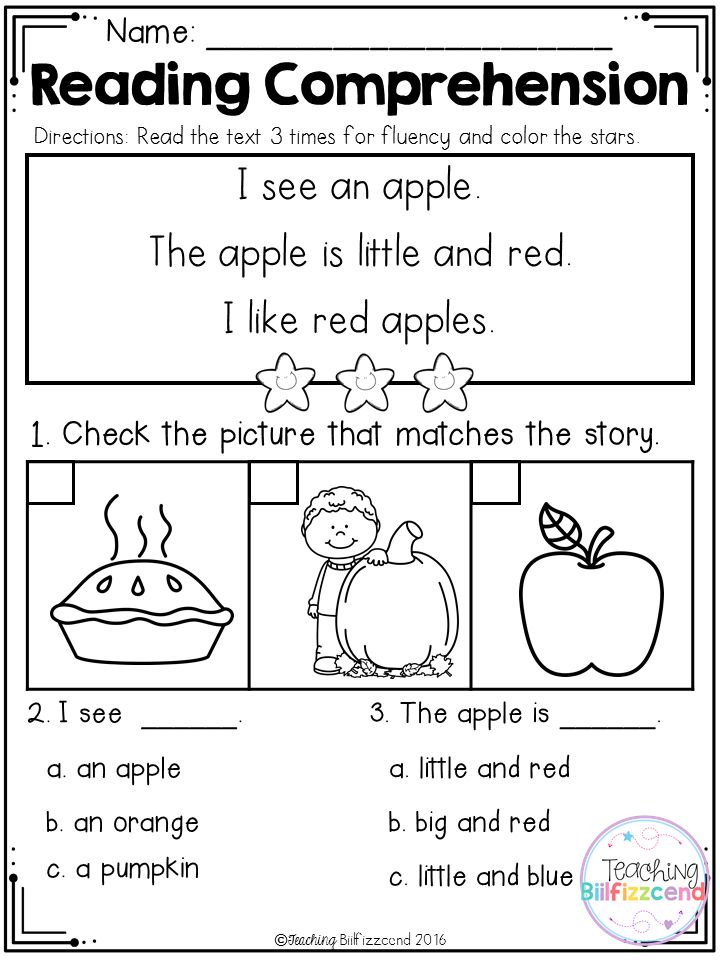 After writing their names on paper, give them some glue and marshmallows and have them create their own marshmallow art. And hey, when they are done, they can even eat a few marshmallows!
After writing their names on paper, give them some glue and marshmallows and have them create their own marshmallow art. And hey, when they are done, they can even eat a few marshmallows!
Learn more: HiMama Child Care App
30. Create a Rhyming Anchor Chart
Anchor charts are great reminders for all kids and help visual learners really cement new concepts. Create a rhyming anchor chart to solidify the concept of rhyming using words and pictures. After, read books with rhymes and ask the children to point out when you rhyme two words.
Learn more: Mrs. Vanik's Kindergarten Class
20 reading texts for children aged 5-6-7-8
A child who has learned to put sounds into syllables, syllables into words, and words into sentences needs to improve his reading skills through systematic training. But reading is a rather laborious and monotonous activity, and many children lose interest in it. Therefore, we offer texts of small size , the words in them are divided into syllables.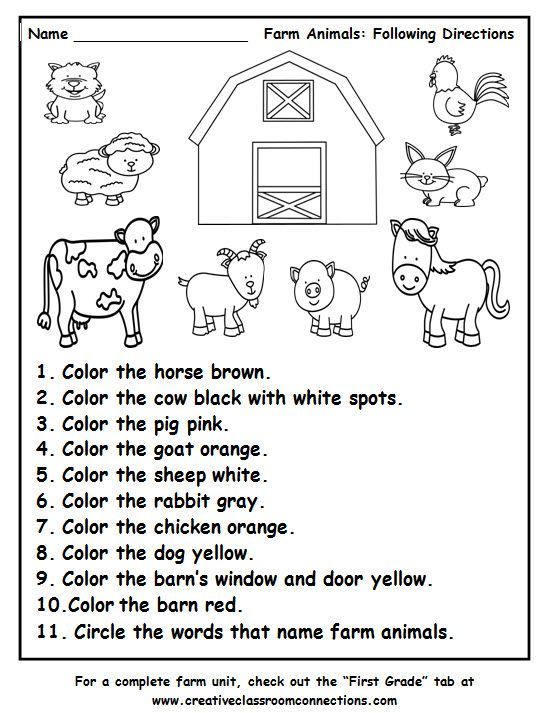
First read the work to the child yourself, and if it is long, you can read its beginning. This will interest the child. Then invite him to read the text. After each work, questions are given that help the child to understand what they have read and comprehend the basic information that they have learned from the text. After discussing the text, suggest reading it again.
Mo-lo-dets Vo-va
Ma-ma and Vo-va gu-la-li.
In-va ran-sting and fell.
It hurts no-ha, but Vo-va does not cry.
Wow!
B. Korsunskaya
Answer questions .
1. What happened to Vova?
2. What made him sick?
3. Why is Vova doing well?
Clever Bo-beak
Co-nya and co-ba-ka Bo-beak gu-la-li.
So-nya played-ra-la with a doll.
That's why So-nya in-be-zha-la to-my, and the doll for-would-la.
Bo-beek found a doll-lu and brought it to So-ne.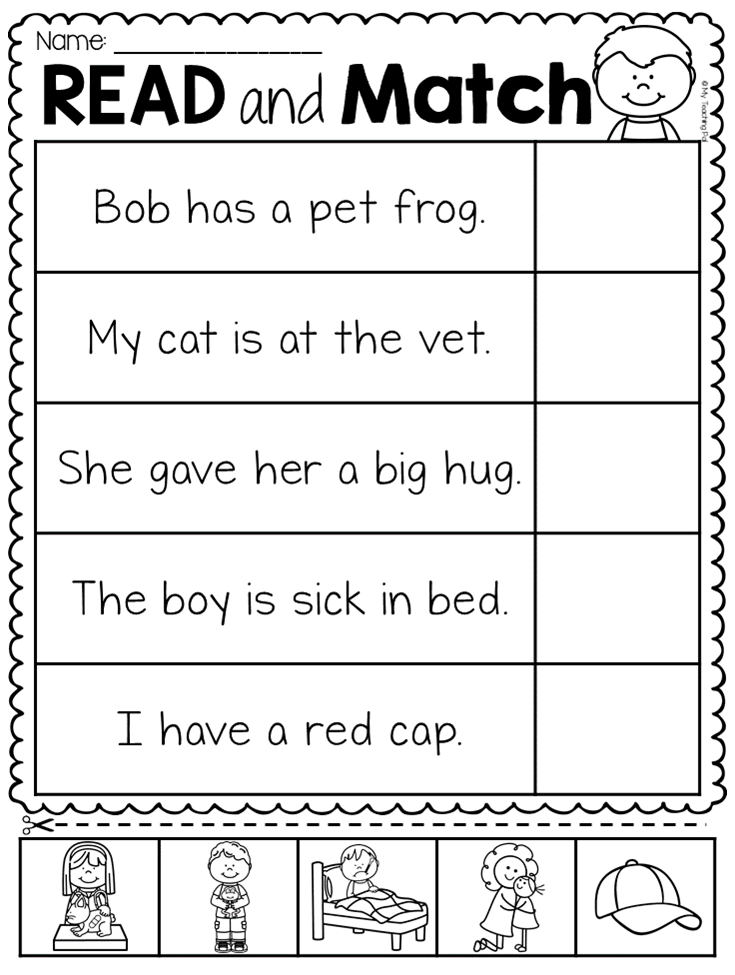
B. Korsunskaya
Answer the questions.
1. Who did Sonya walk with?
2. Where did Sonya leave the doll?
3. Who brought the doll home?
The bird made a nest on a bush. De-ti our nest-up and took off on the ground.
- Look, Vasya, three birds!
In the morning, deti came, and the nest was empty. It would be a pity.
L. Tolstoy
Answer questions.
1. What did the children do with the nest?
2. Why was the nest empty in the morning?
3. Did the children do well? How would you do?
4. Do you think this work is a fairy tale, a story or a poem?
Pete and Mi-sha had a horse. They began to argue: whose horse. Did they tear each other apart.
- Give me - my horse.
- No, you give me - the horse is not yours, but mine.
Mother came, took a horse, and became nobody's horse.
L.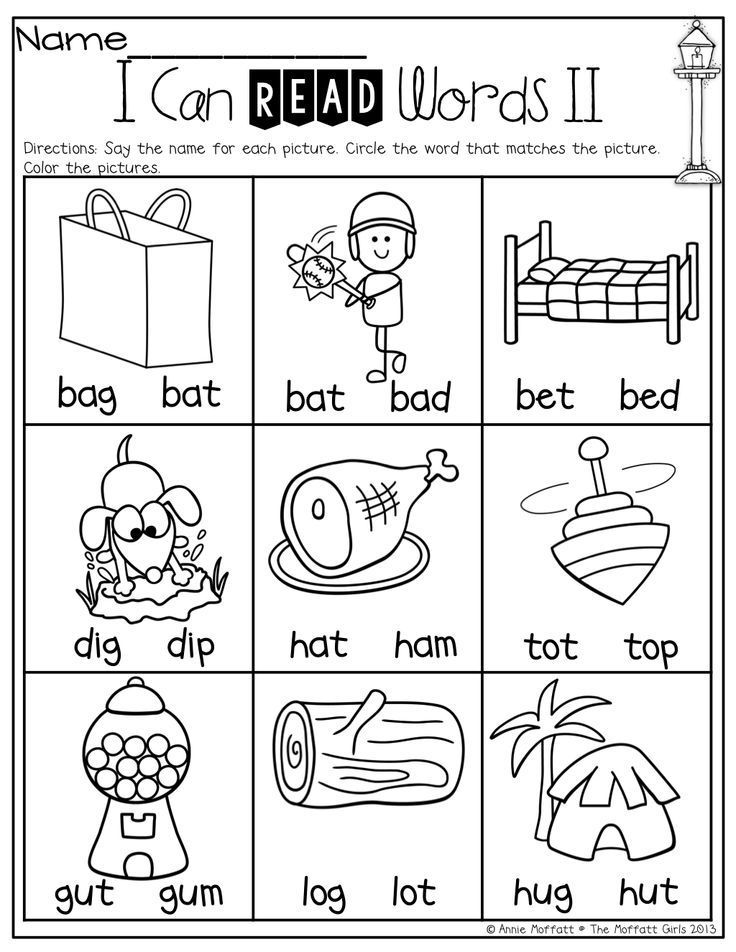 Tolstoy
Tolstoy
Answer the questions.
1. Why did Petya and Misha quarrel?
2. What did mother do?
3. Did the children play horse well? Why do you think so
?
9000
9000 9000 9000 9000 9000 9000 9000 9000 9000 9000 9000 9000 9000 9000 9000 9000 9000 9000 9000 9000 9000 9000 9000 9000 9000 9000 9000 9000 9000 9000 9000 9000 9000 9000 9000 9000 9000 9000 9000 9000 9000 9000 9000 9000 9000 9000 9000 9000 9000 9000 9000 9000 9000 9000 9000 9000 9000 9000 9000 9000 9000 9000 9000 9000 9000 9000 9000 9000 9000 9000 9000 9000 9000 9000 9000 9000 9000 9000 9000 9000 9000 9000 9000 9000 9000 9000 9000 9000
002
9000 9000 9000 FILVORDS for the development of reading, attention here.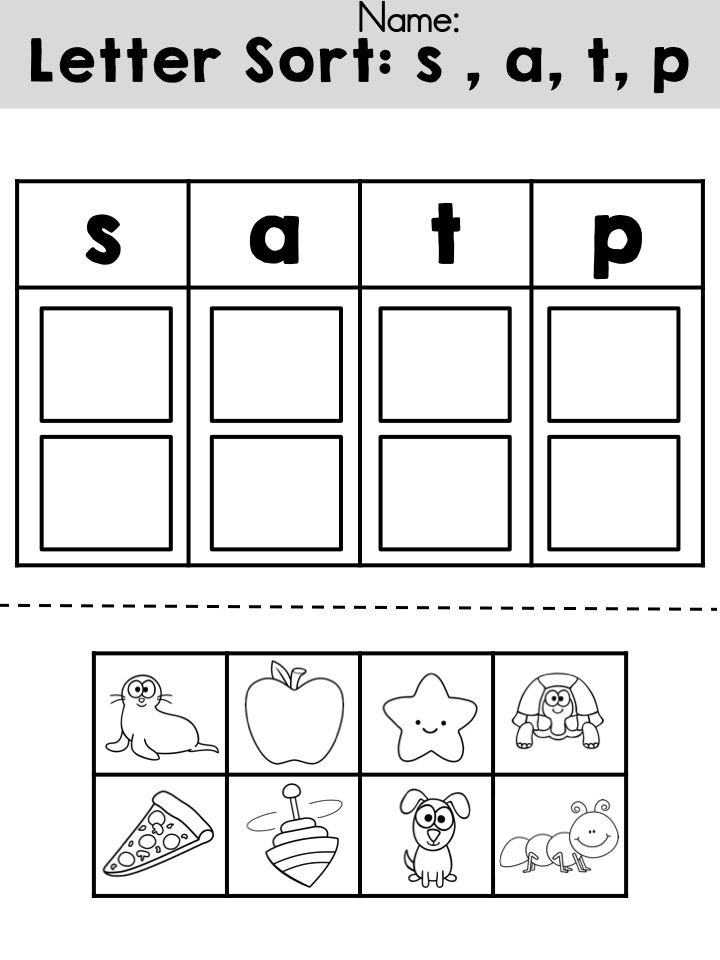
It will be interesting for children to read selected texts, they affect the emotional world of the child, develop his moral feelings and imagination . Children will get acquainted with the works of L. Tolstoy, K. Ushinsky, A. Barto, S. Mikhalkov, E. Blaginina, V. Bianchi, E. Charushin, A. Usachyov, E. Uspensky, G. Snegiryov, G. Oster, R. Rozhdestvensky, as well as fairy tales of different nations.
It is advisable to show children the genre features of poems, stories and fairy tales using the example of these works.
Fairy tale is a genre of oral fiction containing events unusual in the everyday sense (fantastic, wonderful or worldly) and distinguished by a special compositional and stylistic construction. In fairy tales there are fairy-tale characters, talking animals, unprecedented miracles happen.
Poem is a short poetic work in verse. The verses are read smoothly and musically, they have rhythm, meter and rhyme.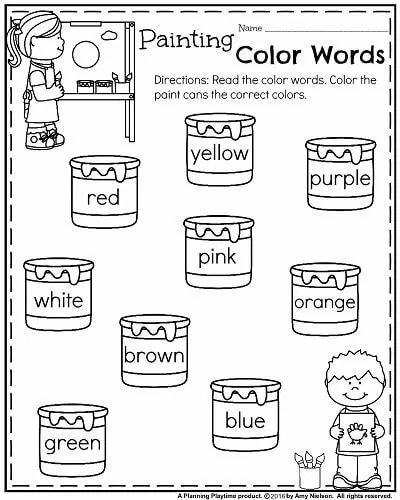
Story — small literary form; a narrative work of small volume with a small number of characters and the short duration of the events depicted. The story describes a case from life, some bright event that really happened or could happen.
In order not to discourage reading, do not force him to read texts that are uninteresting and inaccessible to his understanding. It happens that a child takes a book he knows and reads it “by heart”. Mandatory every day read to your child poems, fairy tales, stories.
Daily reading enhances emotionality, develops culture, horizons and intellect, helps to cognize human experience.
Literature:
Koldina D.N. I read on my own. - M .: TC Sphere, 2011. - 32 p. (Candy).
How easy it is to teach a child 4-6 years old to read - the best methods and exercises
Let's prepare for school without tears and stress
Start learning
Find your bearings in a foreign city by signs with street names.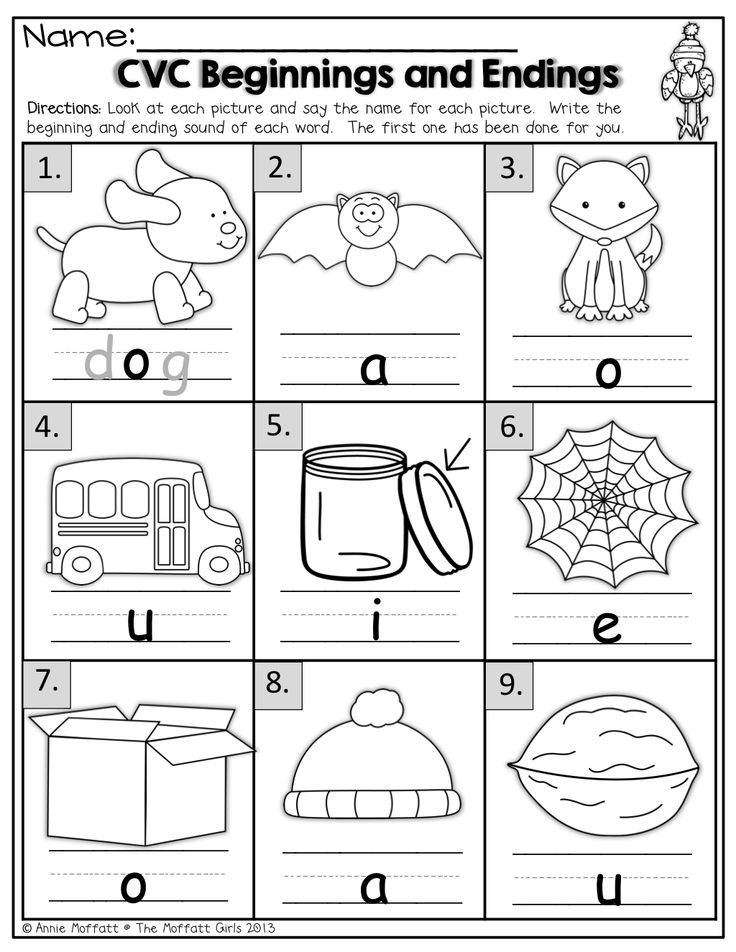 For the hundredth time, run through the lines of the ticket with your eyes on the morning before the exam. Study the fine print in the contract and don't let yourself be deceived. Someday your child will be able to do all this without even thinking about how he does it. But while he or she learns to read his first words, he or she cannot do without your help.
For the hundredth time, run through the lines of the ticket with your eyes on the morning before the exam. Study the fine print in the contract and don't let yourself be deceived. Someday your child will be able to do all this without even thinking about how he does it. But while he or she learns to read his first words, he or she cannot do without your help.
How to understand that it is time
To the question “When should a child be able to read?” there is no ready-made answer, but we want to immediately warn against two misconceptions:
-
“It is not necessary to teach a child to read at home, they will teach you at school anyway.” Yes, they will. But remember: the first year at school is the most intense in all 11 years of study. For some 4-5 months in the 1st grade, the child goes through the alphabet "from" and "to", learns to read, write, and the rest of the time he studies the basics of the Russian language.
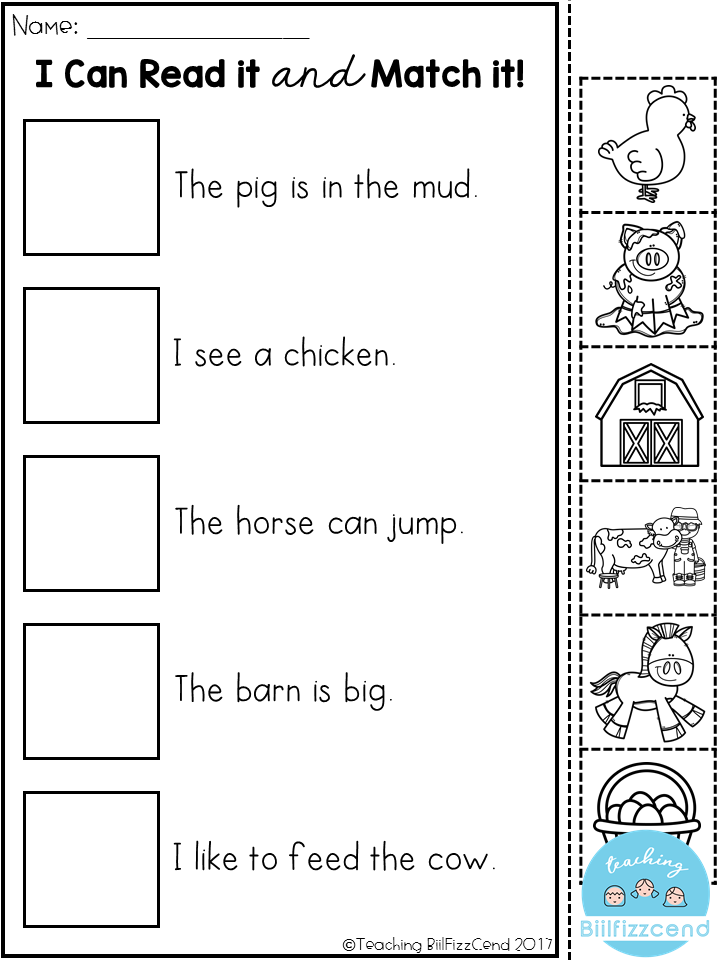 Therefore, it will be great if he has a reading skill before school. This will reduce the burden on the child.
Therefore, it will be great if he has a reading skill before school. This will reduce the burden on the child. -
"There is no time to waste - the sooner the baby begins to read, the better." All children are different and develop at their own pace. Therefore, you should not impose teaching reading to a preschooler as soon as he is 4-5 years old, if the student himself does not yet show interest in this activity. Instead, you can begin to develop an interest in reading through bright and engaging books. A good option would also be games that involve letters.
The indicator to be guided by is not the age of a preschooler, but his speech skills.
It's time to learn to read if…
If the speech development of a preschooler proceeds without gross violations. Let's figure out what criteria will help you find out if a child is ready to learn to read:
-
Understanding addressed speech.
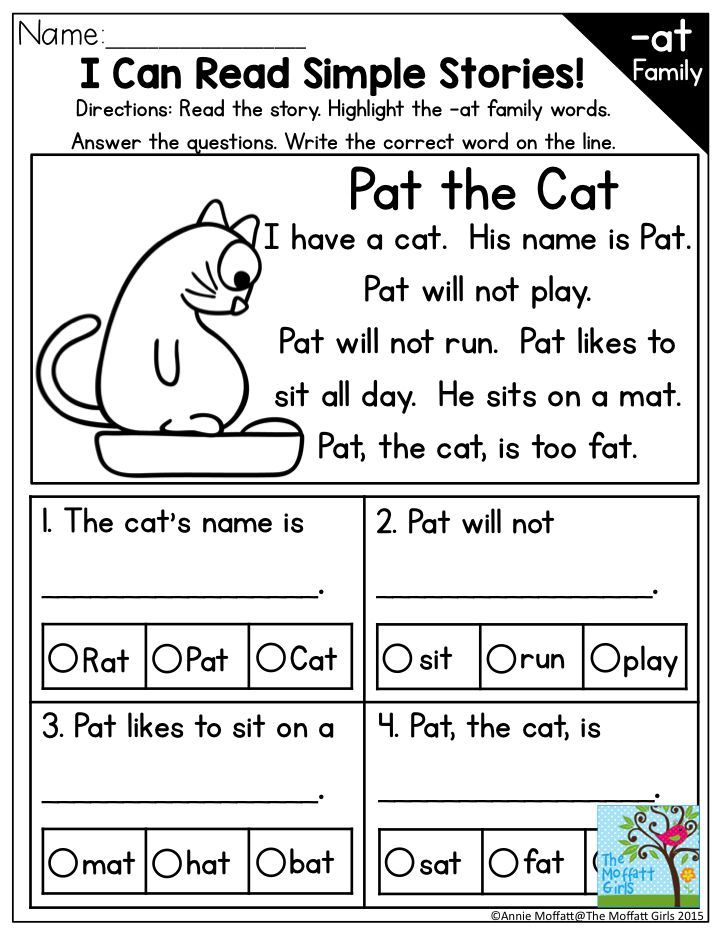 The kid must understand sentences, phrases, individual words that others around him turn to.
The kid must understand sentences, phrases, individual words that others around him turn to. -
Vocabulary. The more words a child knows, the better he will understand what he read. It will also help him communicate with adults and other children.
-
Grammar. The ability to correctly build sentences, select and change words is important for children who are learning to read.
-
Pronunciation. For learning to be effective, the child must know how to pronounce words without gross errors.
Remember: at preschool age, a child may have minor flaws in grammar and pronunciation - this is normal. Over time, these violations will be corrected, and they should not be considered an obstacle to reading. But if the baby is not yet very confident in speaking, do not rush him to read - this will not help develop speech, but only demotivate.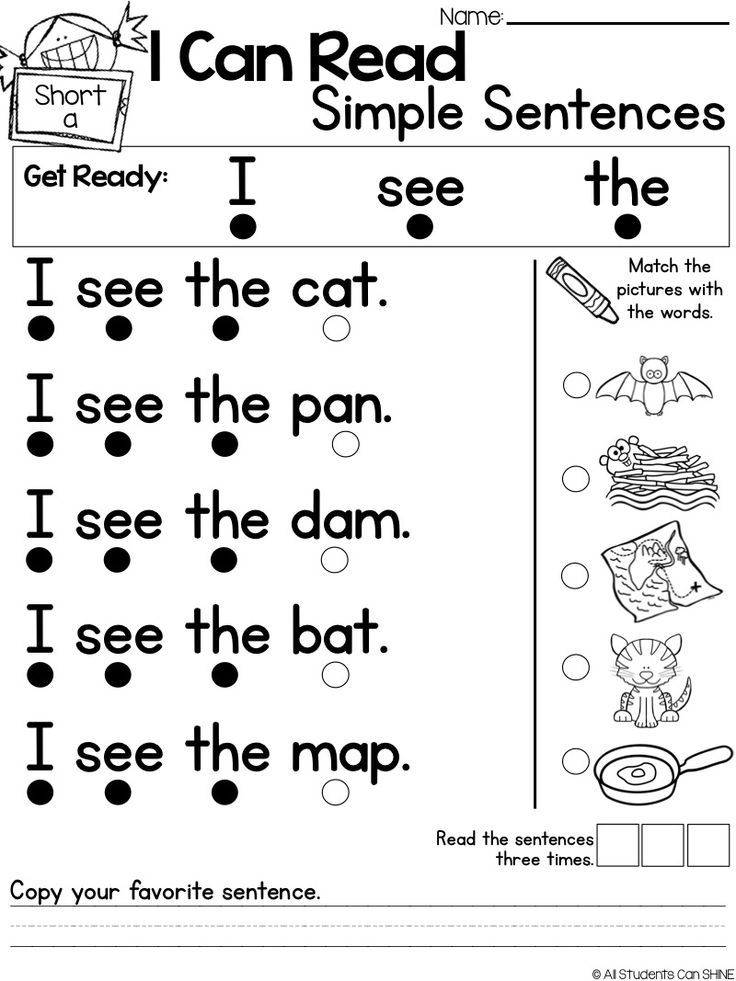
Practicing child psychologist Ekaterina Murashova
Free course for modern moms and dads from Ekaterina Murashova. Sign up and participate in the drawing of 8 lessons
How to make learning to read easier for preschoolers
-
Praise more and never scold
It's hard for us adults to imagine how difficult it really is for a baby to learn from scratch such a complex skill as reading. After all, being able to read means being able to correlate a sound with a letter or a combination of letters, connect sounds, understand the meanings of the words read and the meaning behind the text.
If parents take the child's progress for granted and express dissatisfaction when the child does not understand something, this will not push the future student to development, but will only complicate the process. Therefore, it is important to praise for small victories: I learned the letter that was passed last time - great, I coped without my father's help with the word as much as two syllables - clever.

Do not take failures as a consequence of the negligence of the little student. When a child does not understand the first time, this is an occasion to look for another explanation or give more time to practice. If you feel tired and irritated, you should stop the activity and return to it in a good mood.
-
Exercise little but regularly
Do not expect perseverance and a desire to spend hours figuring out unfamiliar letters from your baby. It is difficult for preschoolers to keep their attention in a lesson for more than 25 minutes, and even such small classes should be interrupted with physical education minutes and games so that the child does not get bored. This is exactly how Skysmart prepares for school: 25-minute classes with breaks for outdoor games.
But regular practice is important - much more important than the duration of the session.
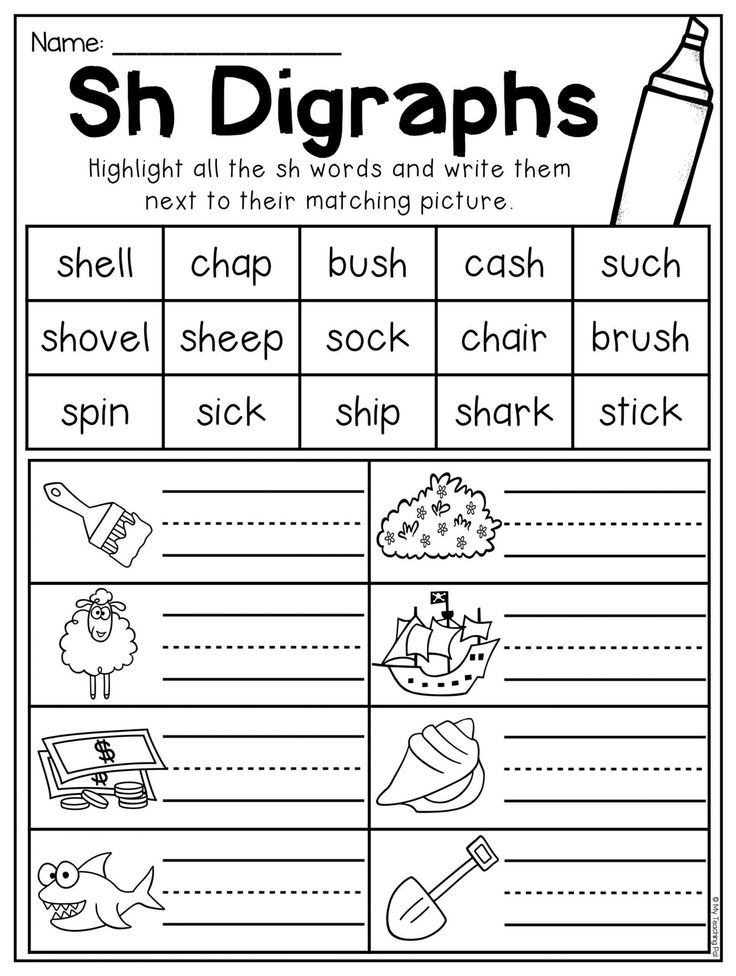 And it doesn’t have to be just lessons: you can look for familiar letters on signs during a walk, on a door plate in a children’s clinic, on a package of your favorite corn flakes.
And it doesn’t have to be just lessons: you can look for familiar letters on signs during a walk, on a door plate in a children’s clinic, on a package of your favorite corn flakes. -
Read books aloud
In a series of studies conducted by Dr. Victoria Purcell-Gates among five-year-olds who could not yet read, those children to whom their parents read aloud regularly for two years, expressed their thoughts in more literary language, built longer phrases and used more complex syntax.
In addition, reading aloud with adults contributed to the expansion of the children's vocabulary, as parents explained the meanings of new words that children did not encounter in everyday life.
Expert Opinion
According to neuroscientist Marianne Wolfe, book evenings with parents help develop a love of reading because the child establishes a connection between reading aloud and feelings of love and warmth.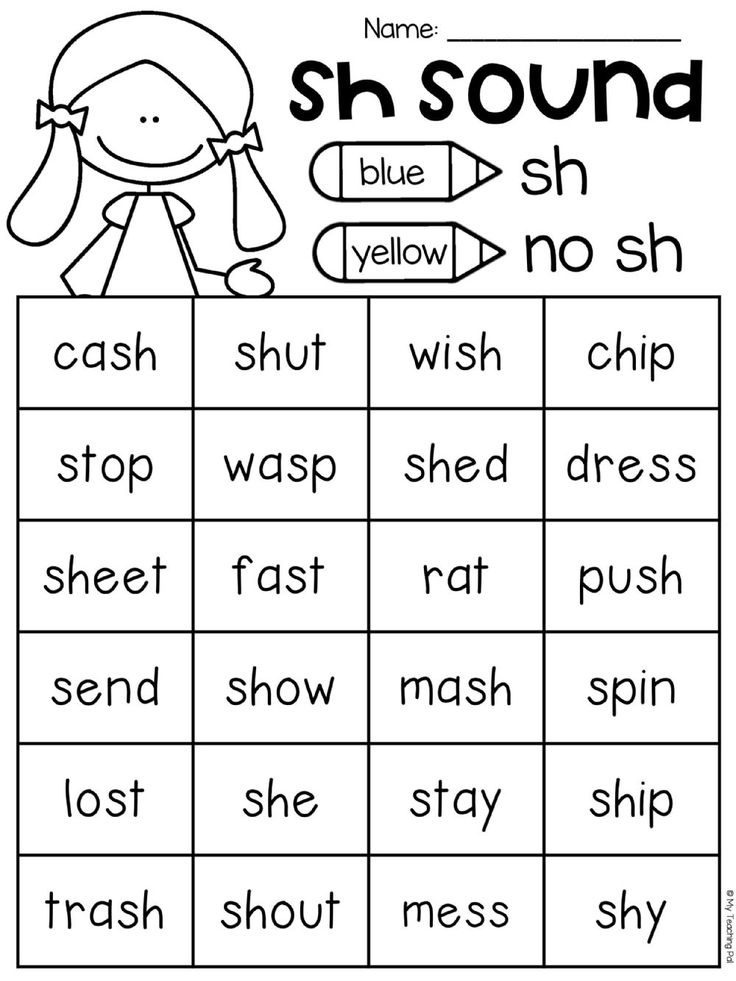
-
Discuss read
The role of communication in teaching literacy cannot be overestimated. At first, it is important to ask if the future student is interested, if he is tired, what was remembered from the lesson. When a preschooler learns to read coherent texts, be sure to ask questions about their content.
It's great if the child reads on his own and without the prompting of the parents, but even in this case, do not deprive him of the opportunity to discuss what he has read with you. For example, you can ask:
-
Which of the characters do you like?
-
Do you think this character is like you? Would you like to be like her?
-
What would you do if you were a hero?
-
Why did the described event happen? How are these two events related?
-
How did what you read make you feel?
-
What do you remember most from what you read?
-
What do you think the author wanted to teach? Why did he write this? Do you agree with the author?
-
-
Go from simple to complex
From the correspondence between sounds and letters to syllables, from short words to longer and more complex words. It would seem that this is obvious, but no: sometimes parents are so happy with the success of the child at first that they push him to study more complex topics than he is ready to accept. Of course, the program should adapt to the future student, but you should not skip steps, even if the child is making progress.
There are methods that offer to teach a child to read by memorizing whole words.
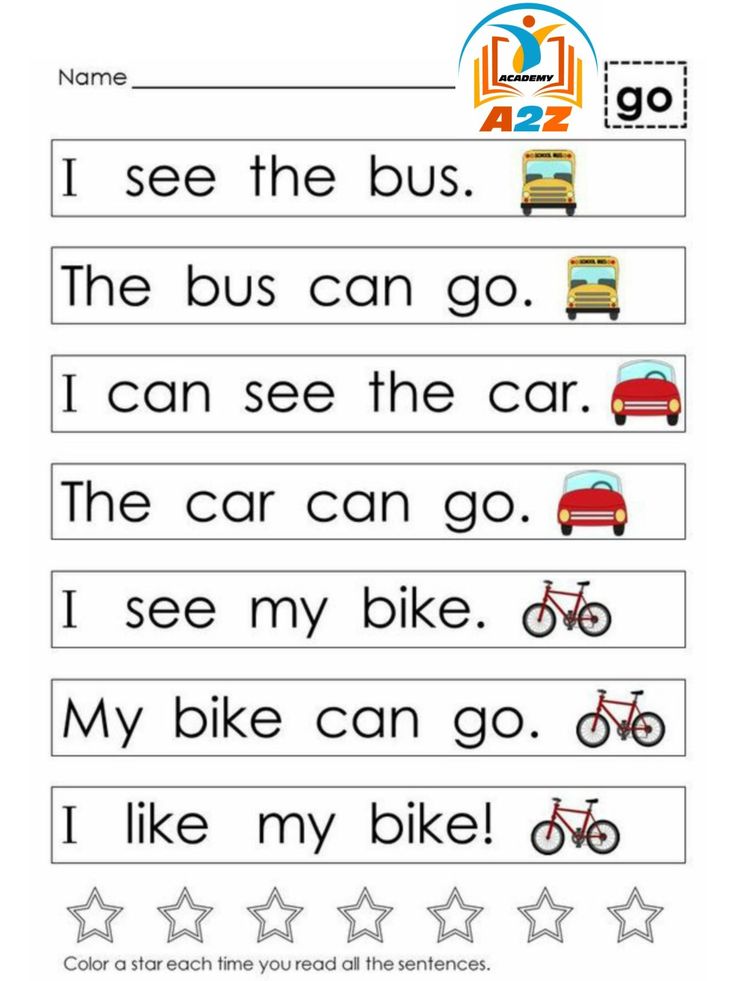 Alas, experiments show that such techniques generally work worse. For example, a group of scientists from the United States came up with an artificial alphabet and offered subjects to learn it, and then read the words written using this alphabet. At the same time, some subjects were immediately explained the principles of correspondence between sounds and letters, while others had to derive reading rules on their own based on whole words. It turned out that the first group copes with reading new, previously unfamiliar words better than the second.
Alas, experiments show that such techniques generally work worse. For example, a group of scientists from the United States came up with an artificial alphabet and offered subjects to learn it, and then read the words written using this alphabet. At the same time, some subjects were immediately explained the principles of correspondence between sounds and letters, while others had to derive reading rules on their own based on whole words. It turned out that the first group copes with reading new, previously unfamiliar words better than the second. Therefore, we advise you to choose those teaching methods that involve clear instructions about the relationship between sound and letter - and this is especially important for those children who have difficulty reading. Below we have compiled a few of these techniques that you can use to teach your preschooler at home.
It is important to select questions individually, based on the age of the child.![]() With younger children, discuss everything together, ask simple questions, direct their attention to some facts. The complexity of the questions should increase in proportion to the age of the child. The older he is, the more difficult the tasks should be, and the questions can already affect the "reflection" of their feelings and experiences.
With younger children, discuss everything together, ask simple questions, direct their attention to some facts. The complexity of the questions should increase in proportion to the age of the child. The older he is, the more difficult the tasks should be, and the questions can already affect the "reflection" of their feelings and experiences.
Methods of teaching preschoolers to read
Warehouse reading
The method of teaching a child to read through warehouses was actually used in Rus', but for modern parents this technique is associated with the name of the philologist Nikolai Alexandrovich Zaitsev.
Zaitsev suggests not focusing on the study of individual letters, as it can be difficult for students to understand how letters can merge into syllables and words. Teaching a child to read by syllables is also not always easy: one syllable can be quite long ( shine, ruble ), and the boundaries of syllables are not obvious ( Lun-tik or Lu-ntik ?). Therefore, in Zaitsev's methodology, a warehouse is used as the main unit.
Warehouse can be a combination of a consonant and a vowel (pa-pa, ma-ma), a single consonant or vowel (de- d , i-s -li, A -le-sha), as well as a combination of a consonant with a hard or soft sign (ma- l -chi-k, use d -yem).
In order for a preschooler to understand the differences between the recording of voiced and soft, vowel and consonant sounds, different types of warehouses have their own cube size, color and content, thanks to which the cubes sound when they are shaken. Cubes affect several channels of perception at once, and warehouses should not just be pronounced, but sung - this way, according to the author of the methodology, learning is more interesting and effective.
Cubes affect several channels of perception at once, and warehouses should not just be pronounced, but sung - this way, according to the author of the methodology, learning is more interesting and effective.
One of the advantages of the technique is that children willingly play with blocks themselves, and the process of learning to read becomes active, mobile.
Syllabic reading
This technique, according to some sources, was developed by the Romans. Later, Nadezhda Sergeevna Zhukova, a Soviet and Russian speech therapist, created a primer based on it. In it, she built her own system in which sounds and letters are sequentially introduced into speech.
Due to the fact that the concept of a syllable is introduced at an early stage, it is faster and easier to teach a child to read syllables together. By the way, as in Zaitsev's technique, it is proposed to sing syllables, and not just pronounce them.
Based on the syllabic method, Zhukova developed a set of teaching aids - copybooks, copybooks and a book for reading. Benefits will help teach children to read correctly 6 and 7 years old at home.
Both techniques for teaching preschoolers to read are used in the Skysmart Ready for School course. The course consists of two stages: first, children get acquainted with letters and warehouses, which allows them to quickly start reading simple words, and then they learn what a syllable is. Gradually, we introduce more complex syllabic constructions, move on to reading phrases and sentences.
Sound analytic-synthetic teaching method
This method originated in the USSR and is still considered the main one in Russian schools and kindergartens. It was developed by the Soviet teacher and Russian language methodologist Voskresenskaya Alexandra Ilyinichna.
Same as N.S. Zhukova, Voskresenskaya proposed her own order in which children should learn letters and sounds.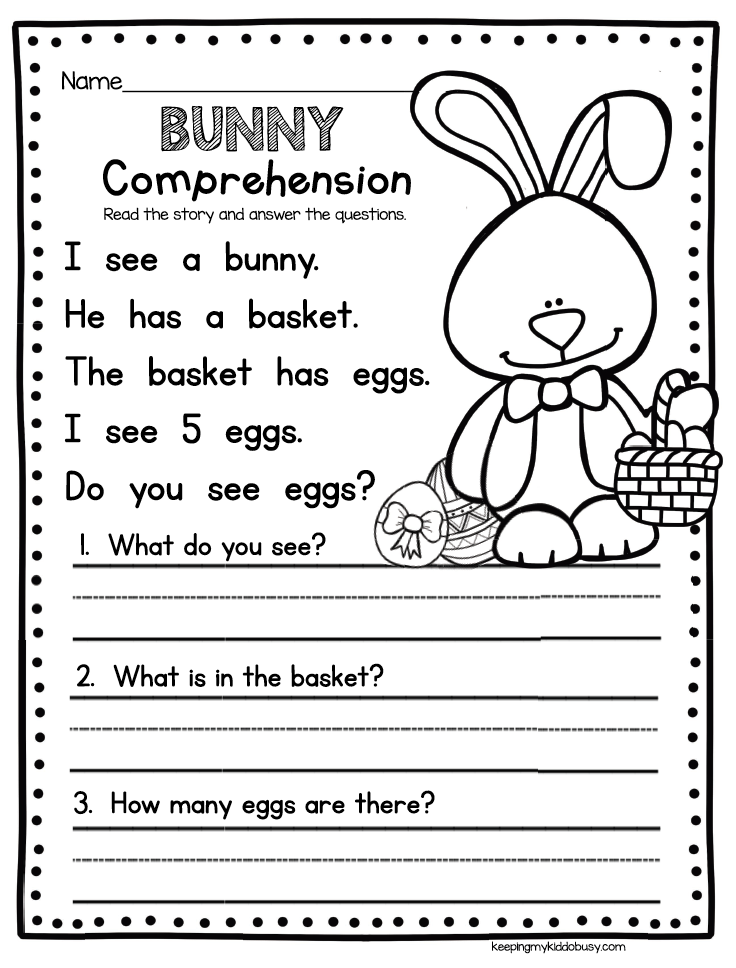 The principle of this sequence was that the child first learned the letters that can be combined into simple syllables, and then moved forward in the level of complexity. As a result, children learn syllables in this order:
The principle of this sequence was that the child first learned the letters that can be combined into simple syllables, and then moved forward in the level of complexity. As a result, children learn syllables in this order:
-
Two-letter syllables (including one consonant): am, ma, ra, etc. and simple words from them: ra-ma, ma-sha, Pa-sha, etc.
-
Three-letter syllables with a central vowel: poppy, lat, etc.
-
The combination of the first two stages into words: sa-lat, earth-la, etc.
-
Words of three syllables and six letters: az-bu-ka, ve-se-lo, etc.
-
Words of two syllables and six letters: question-ros, tea-nick, etc.
-
Words with a combination of vowels at the beginning and at the end of the word: chair, March, etc.
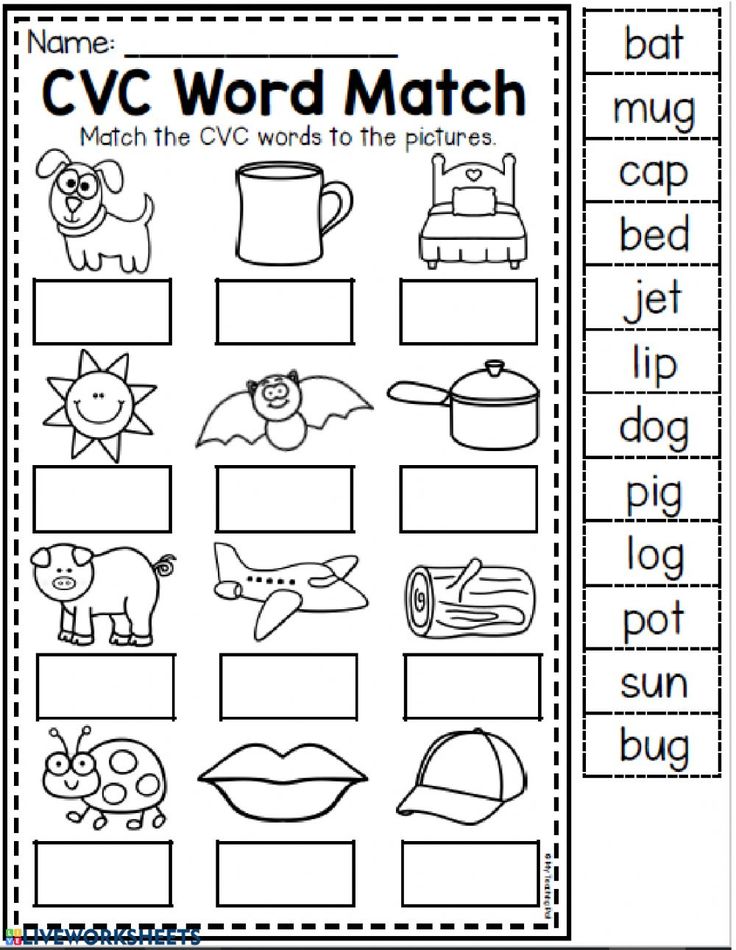
In this way, children simultaneously prepare for more complex syllables at each stage and reinforce what they have learned earlier.
Exercises for learning to read
Learning to read usually takes place in several stages. First, the child listens to the sound, visually remembers the letters. Different games will help with this, where you need to look for letters, invent words, etc. When this stage is over, you can move on to syllables and games to work them out. And only after that it will be possible to proceed to words, and then to sentences and texts.
Letter memory exercises
The first step is to teach your child to recognize letters. To do this, you can use pictures with hidden letters. We use such exercises in the preparation for school lessons in Skysmart.
Ask your child to identify what letter a word begins with, or name as many words as possible that begin with a certain letter.
Next, we train to distinguish correctly written letters from incorrect ones. This is also important for learning to write: preschoolers often mirror letters or distort individual elements.
Exercises for vowels and consonants
To learn to distinguish between vowels and consonants, tasks will help you determine the sound with which a word begins.
It will also help to remember the difference between vowels and consonants and search for an extra letter.
Word building exercises
When your child can read short words, ask him to make a word out of letters on his own.
Composing words from syllables is convenient if you have cubes at hand, but you can also try on paper.
Another good exercise is to fill in the missing letter in the word.